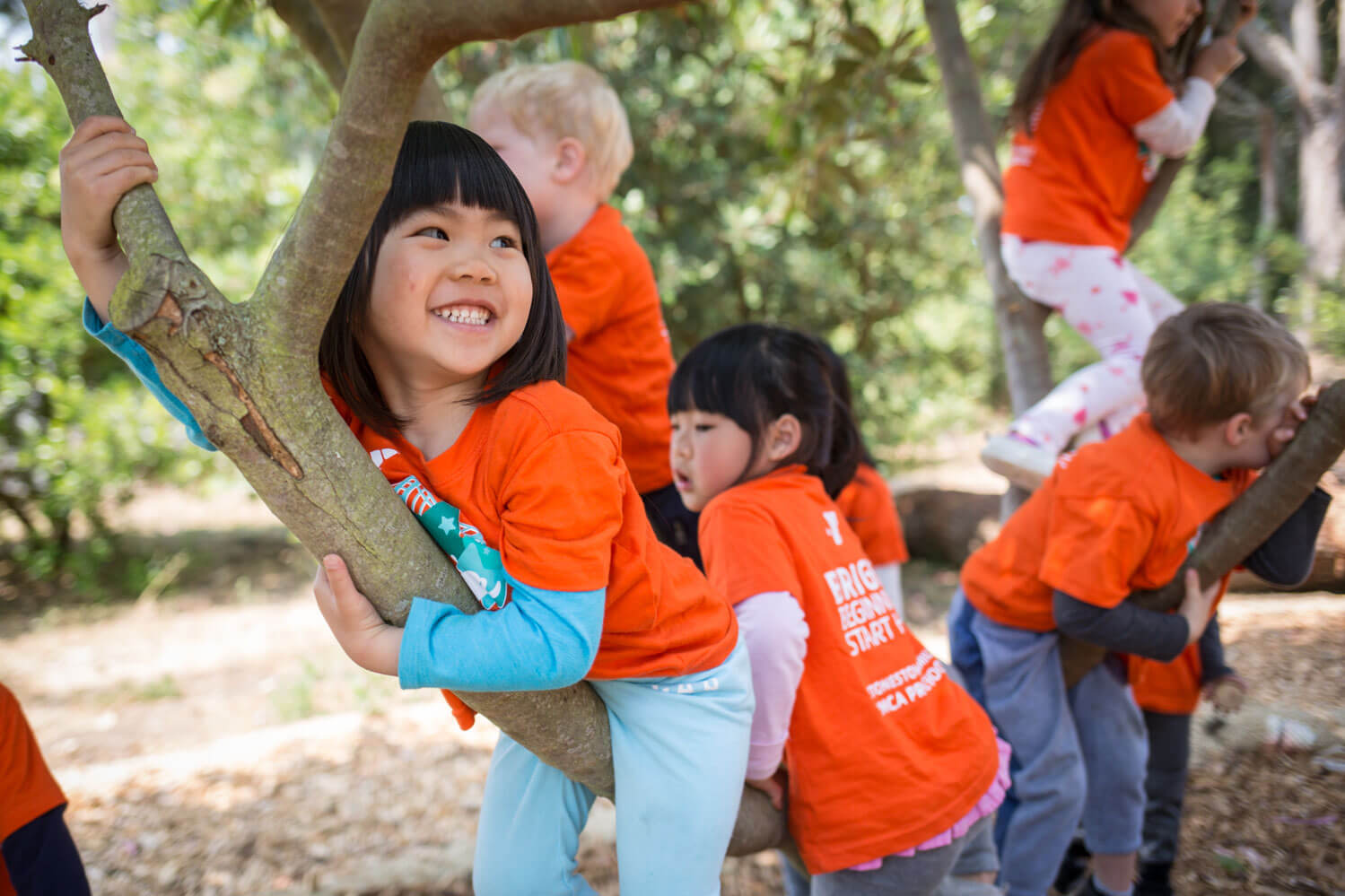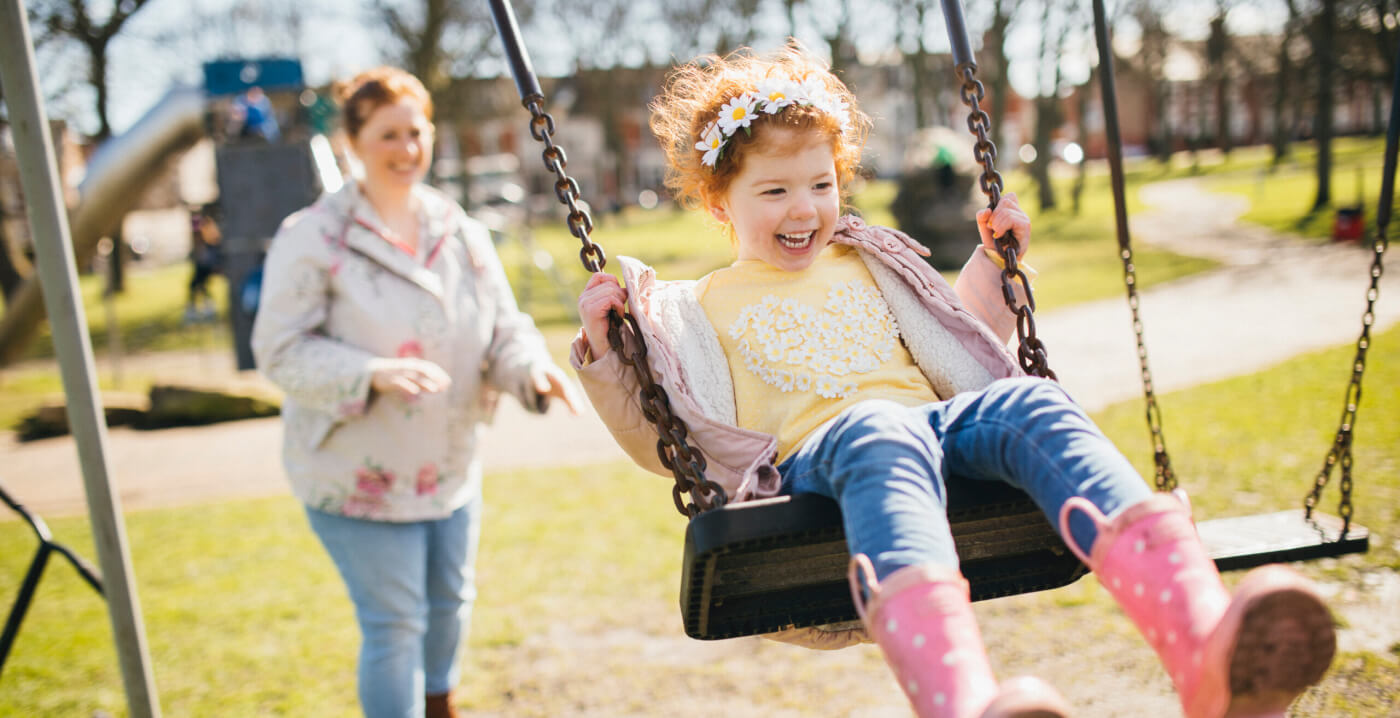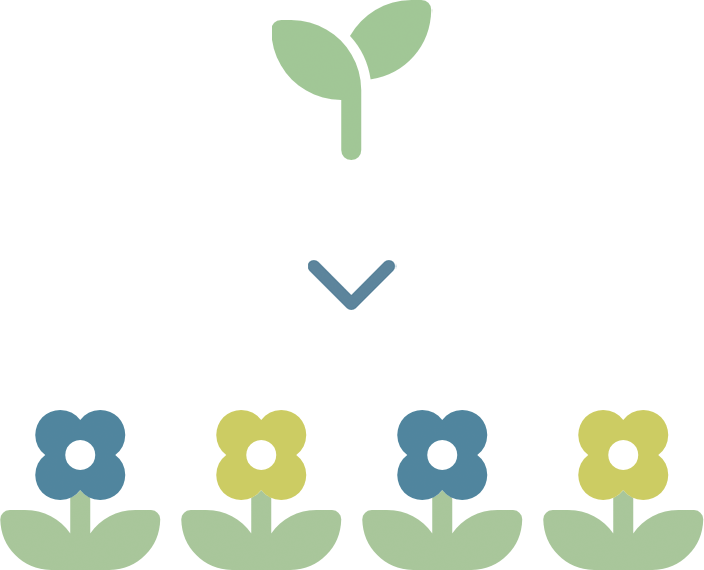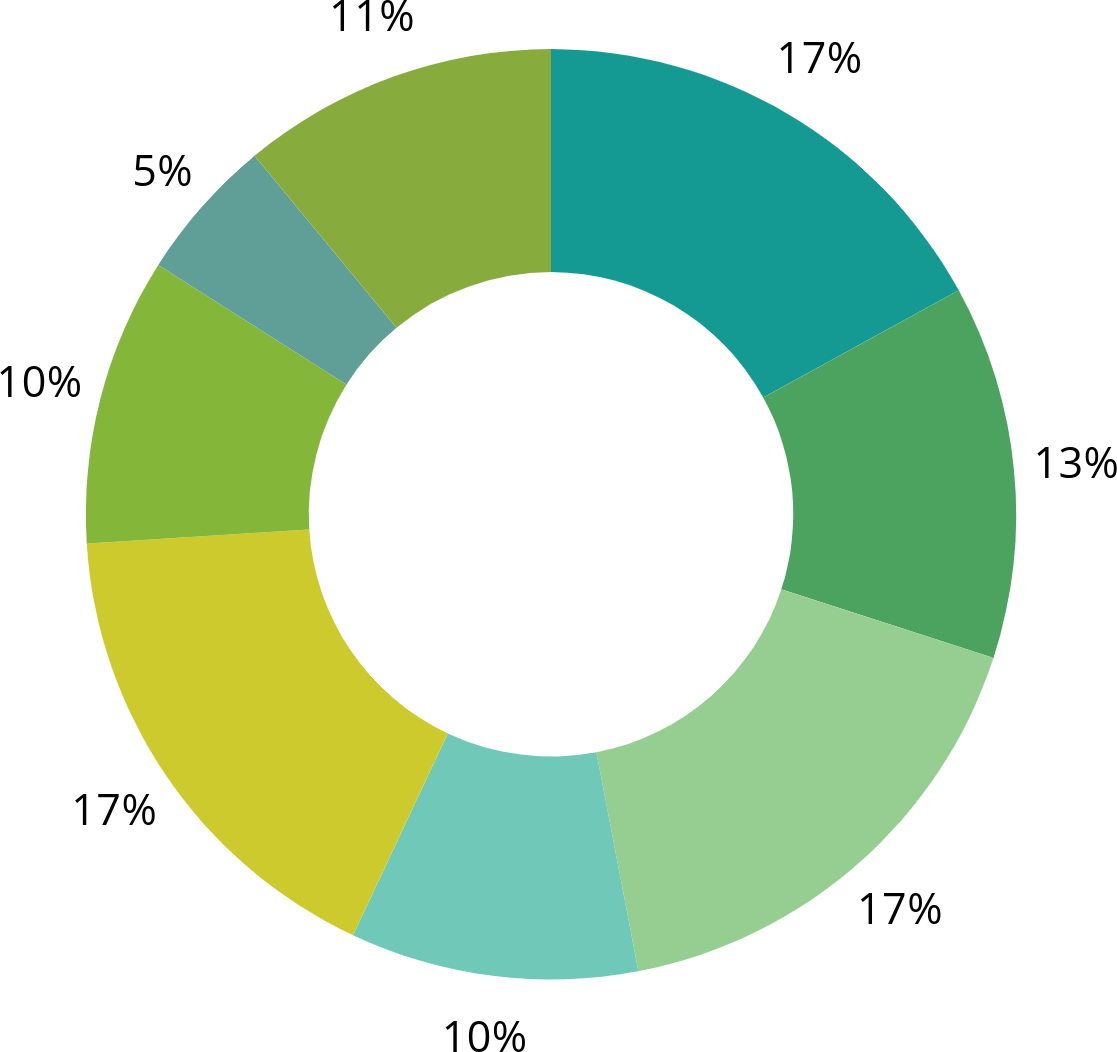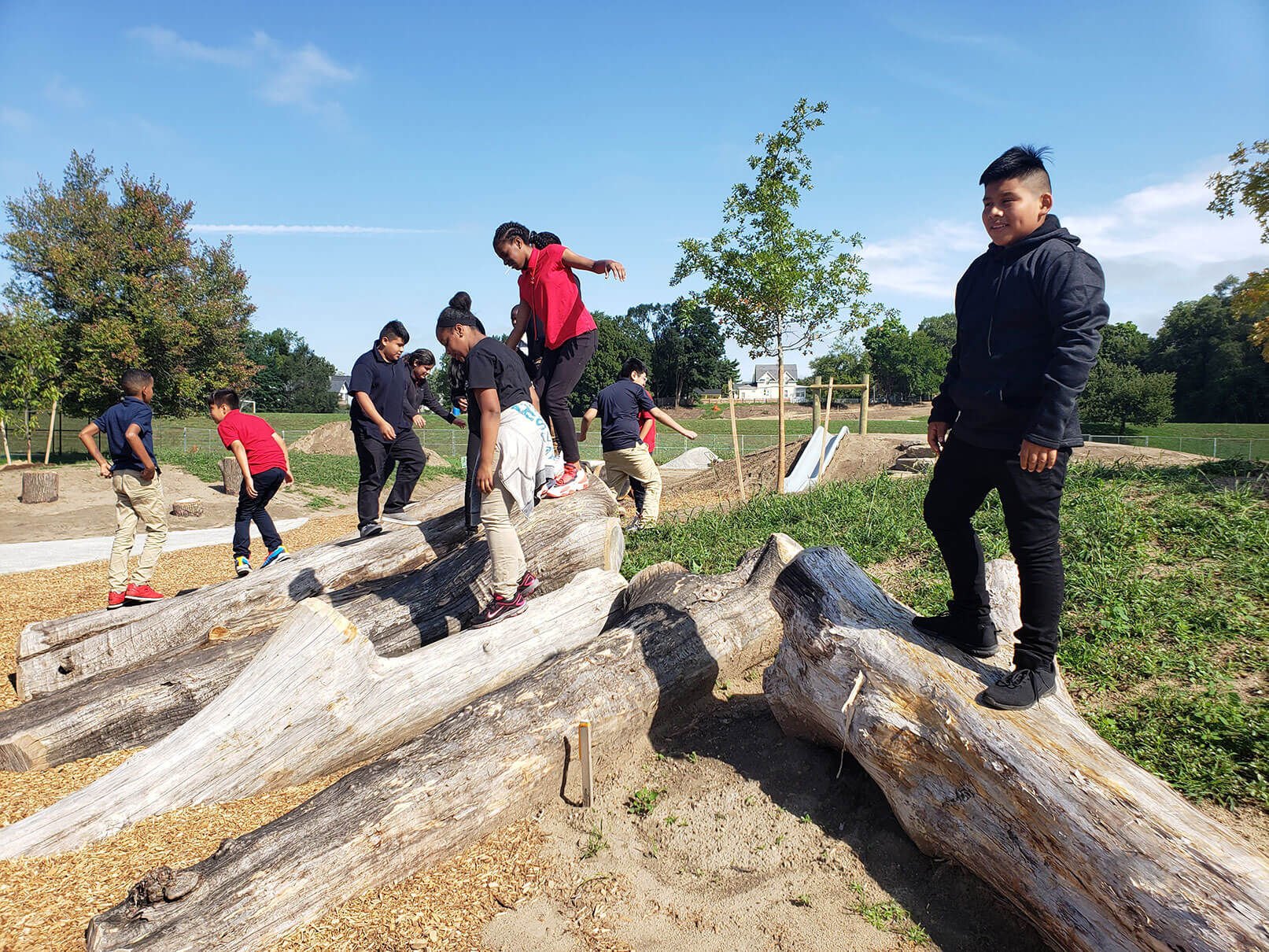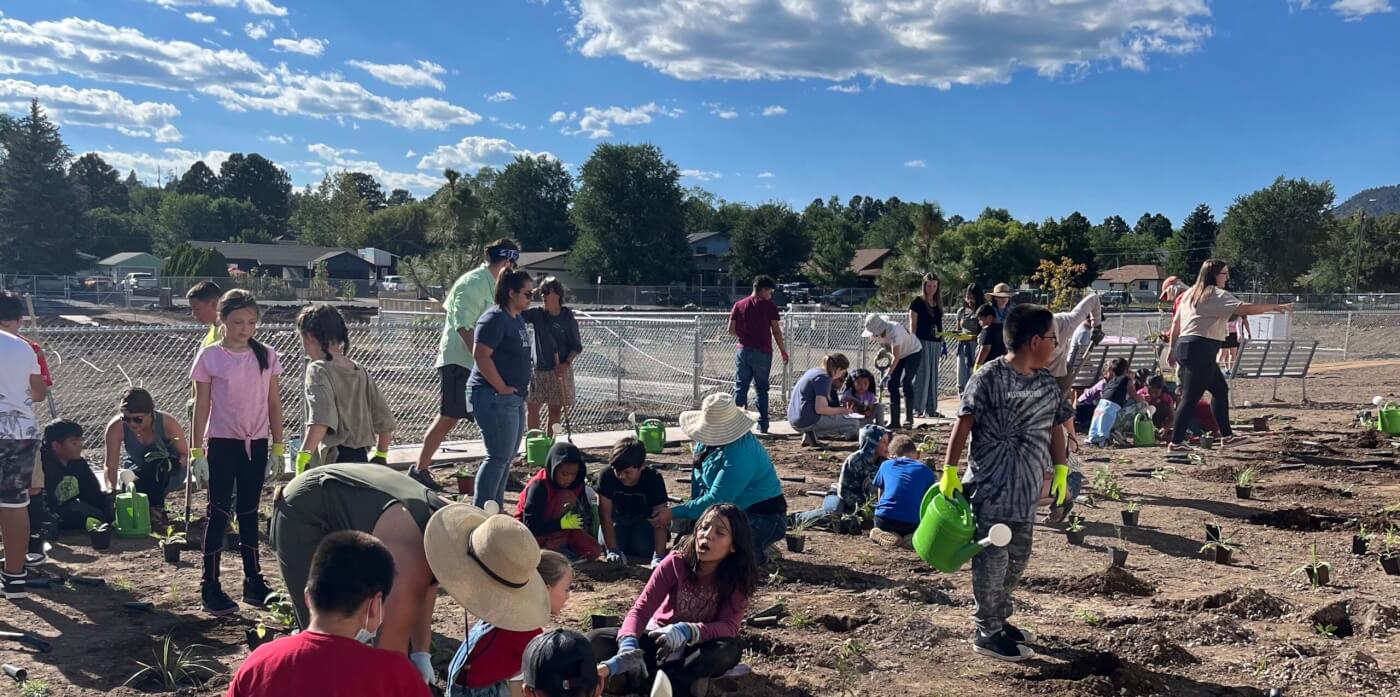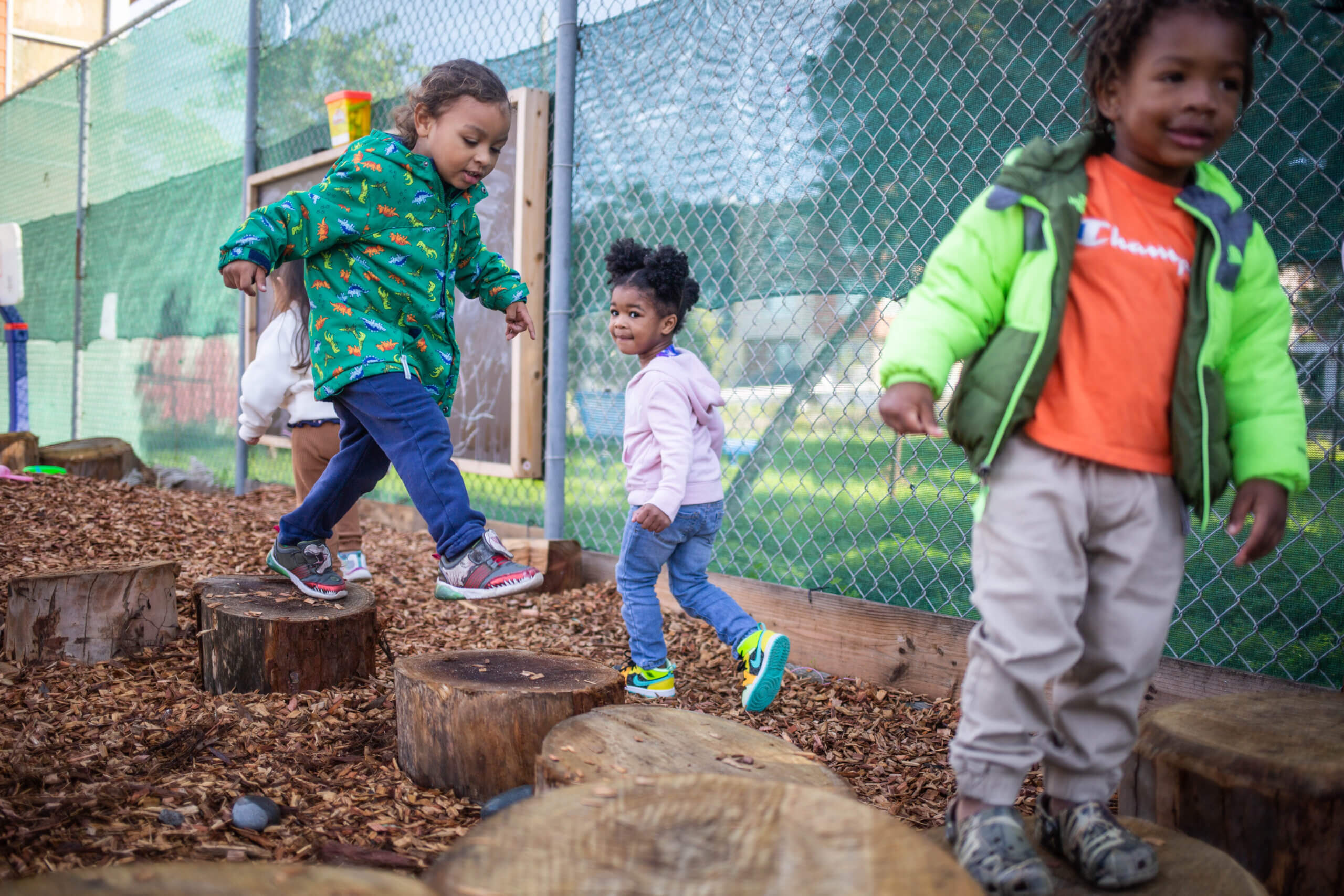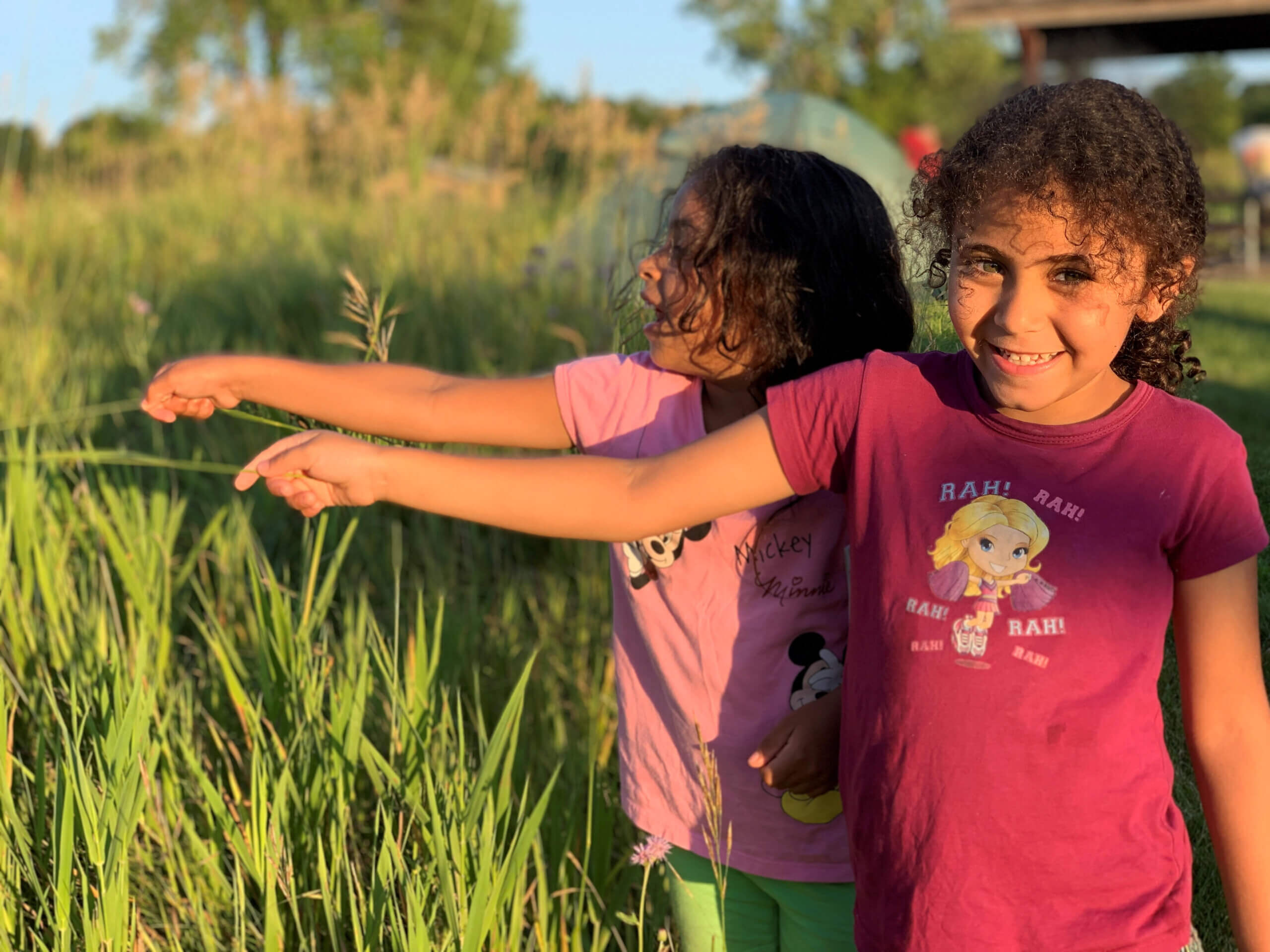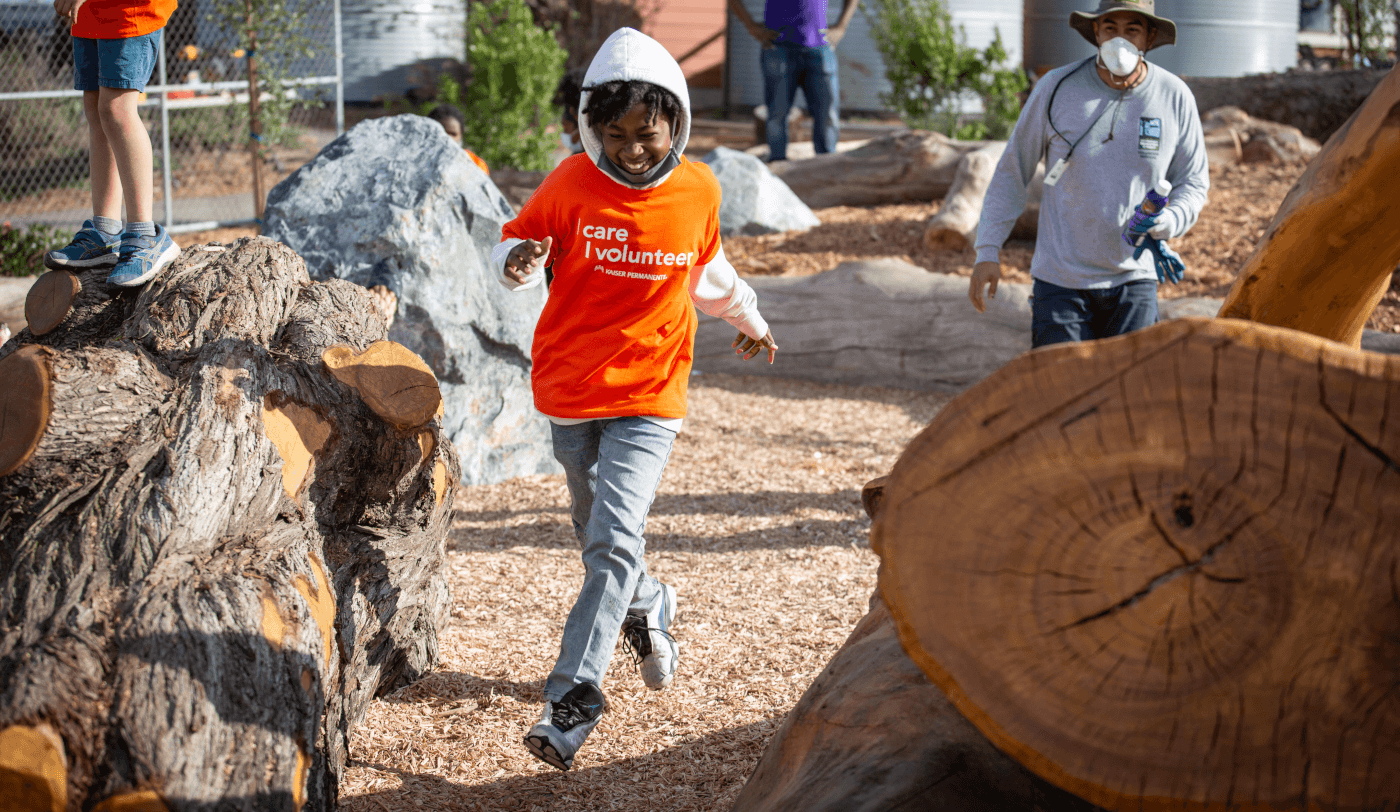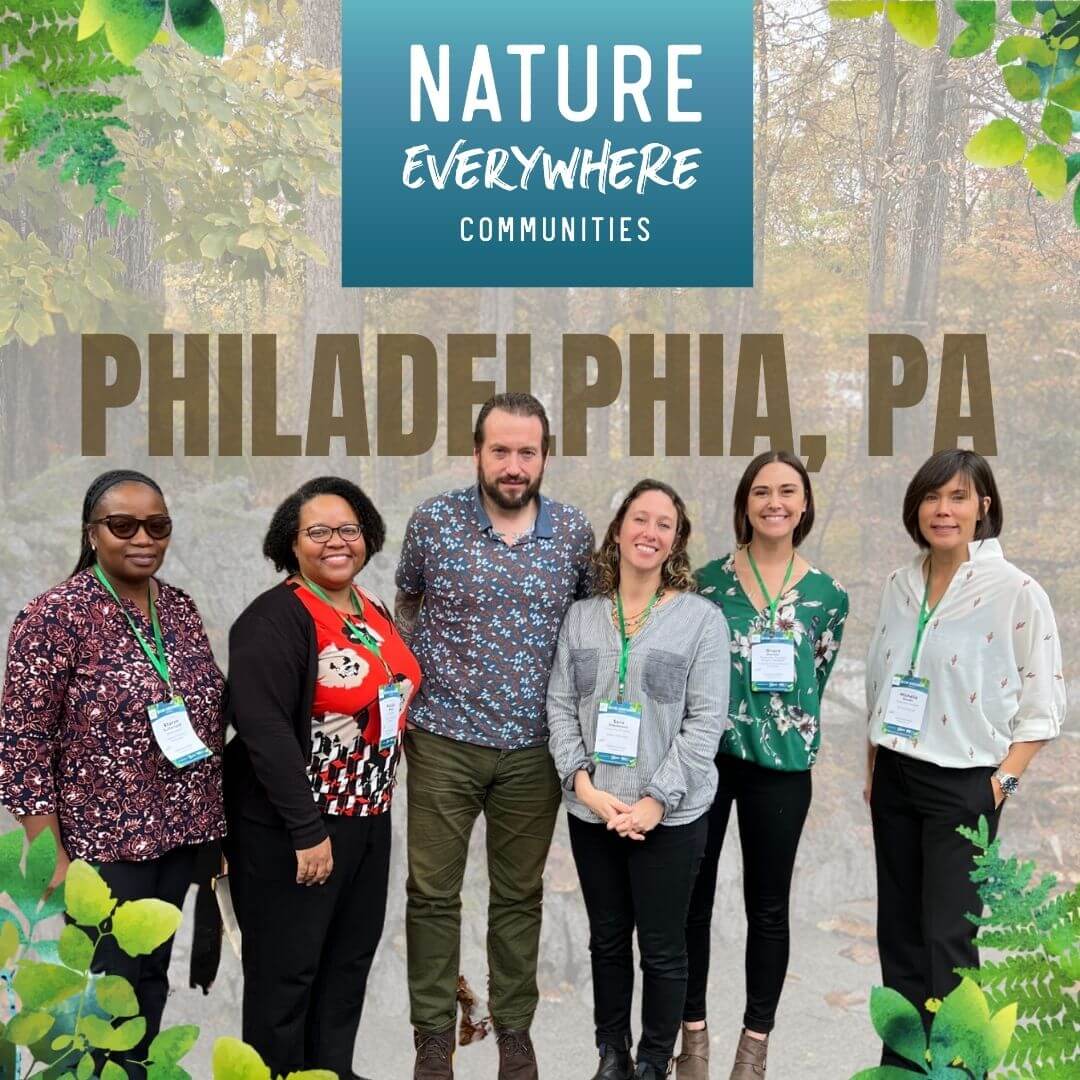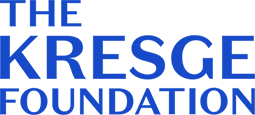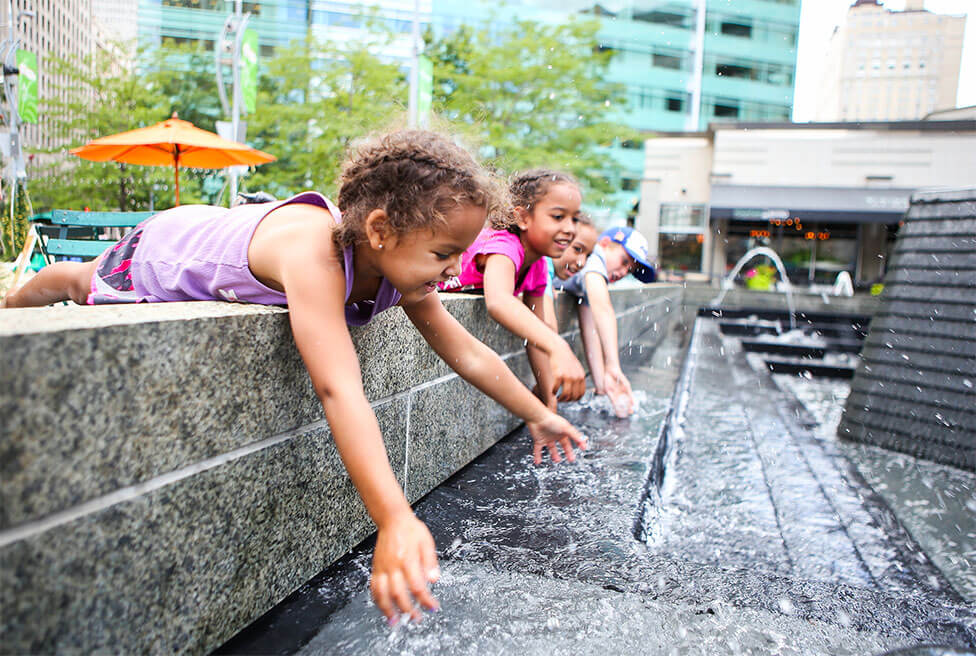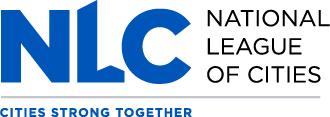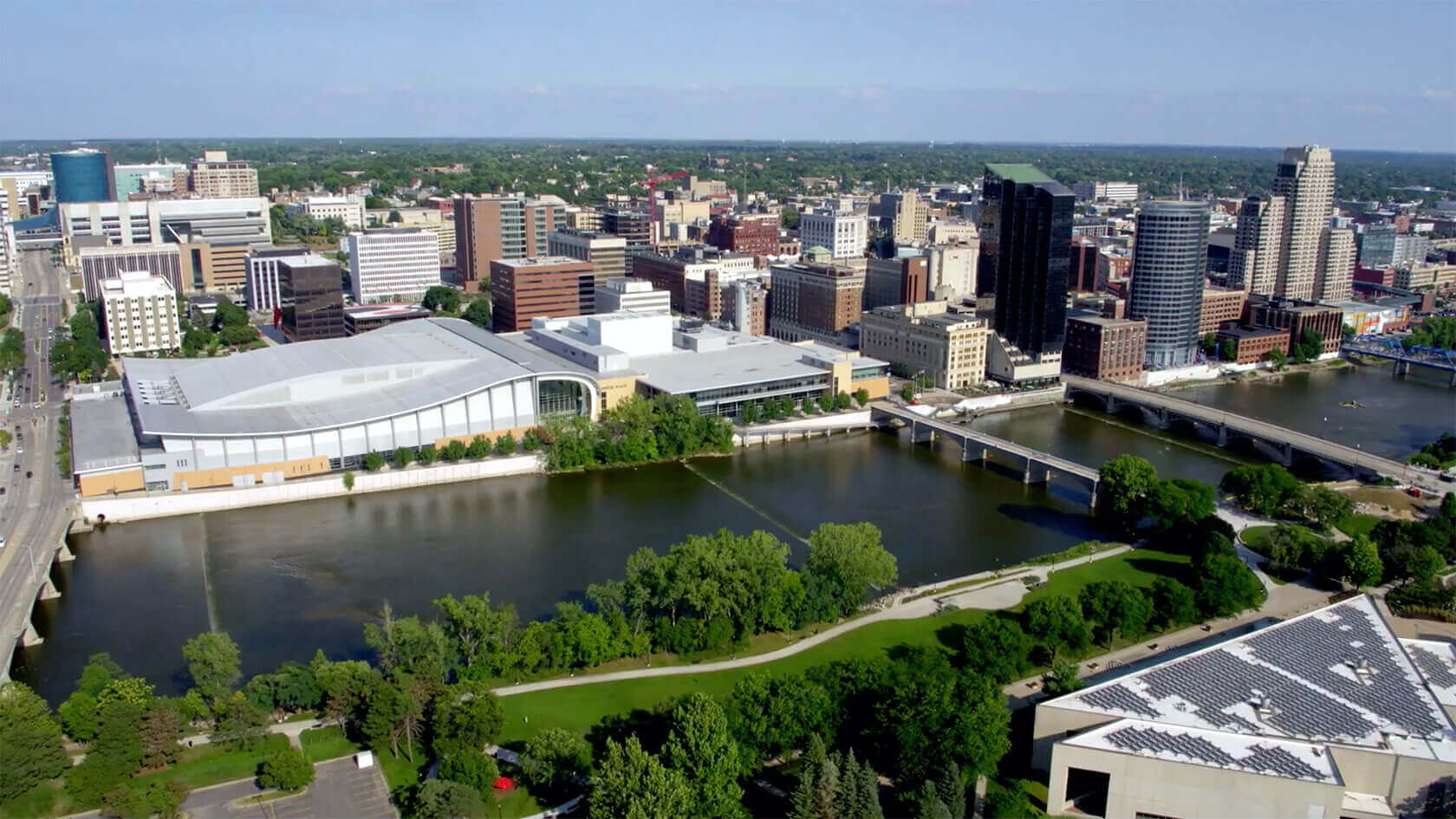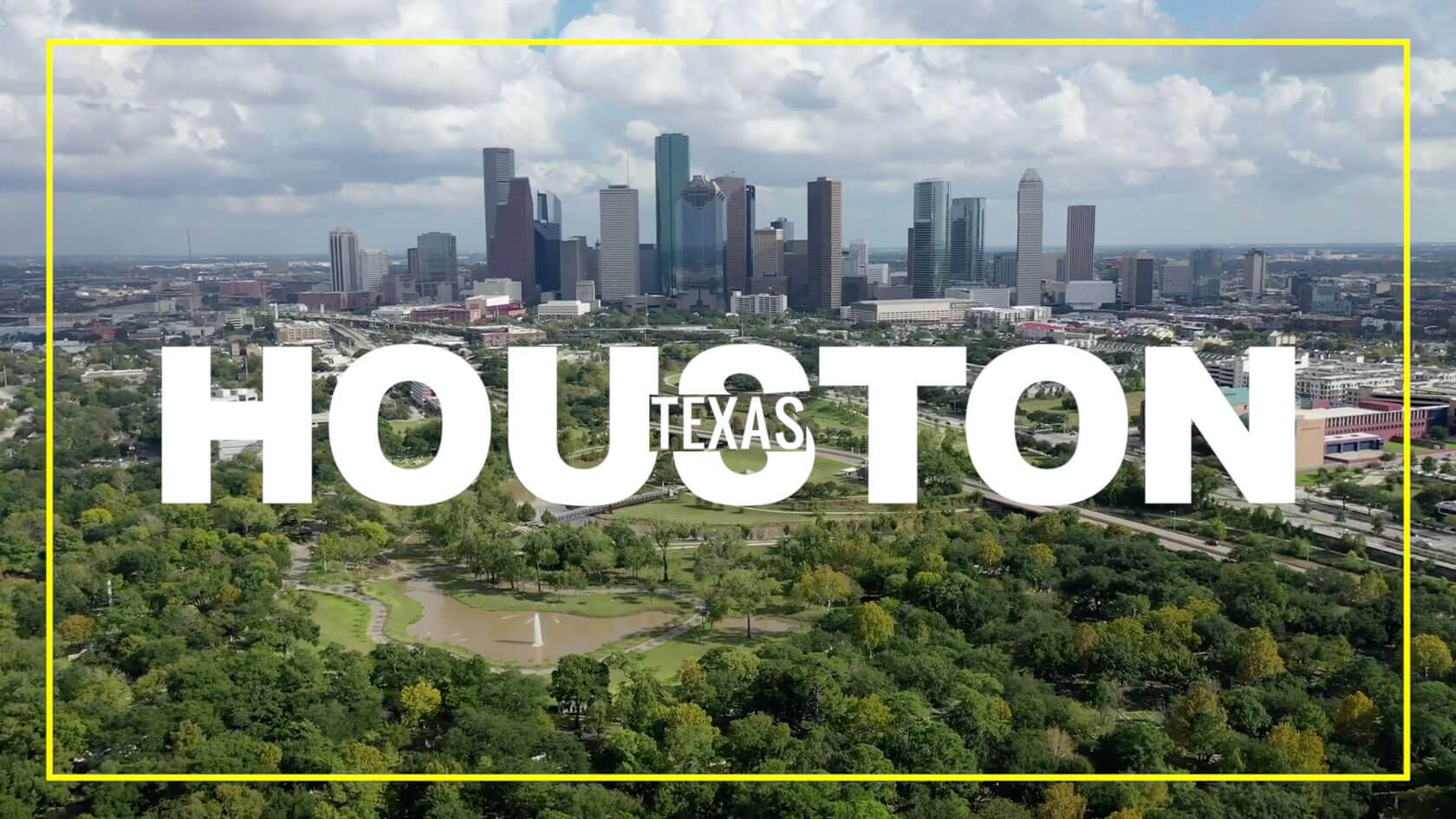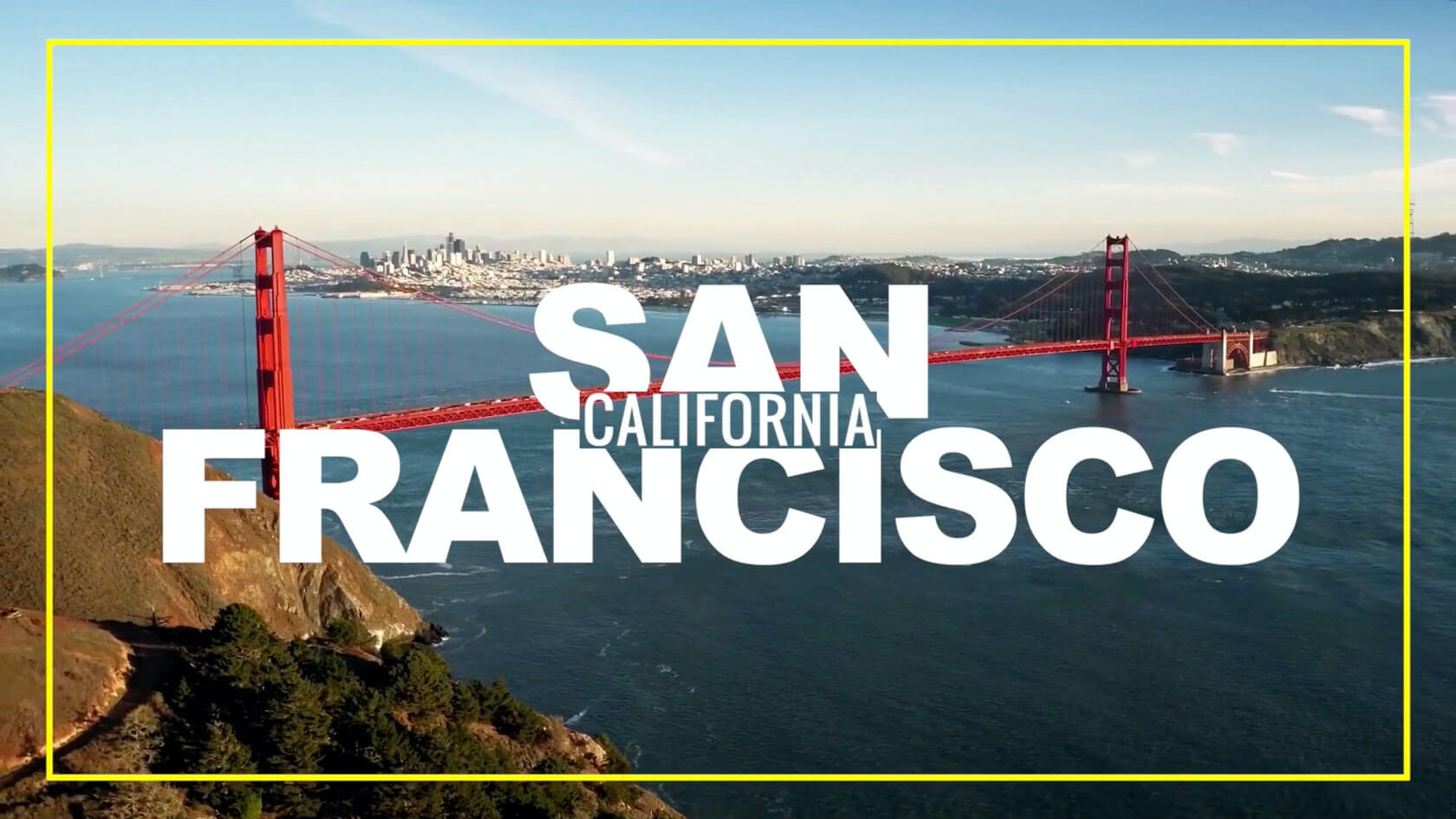The post Nature Everywhere Action Challenge appeared first on Children & Nature Network.
]]>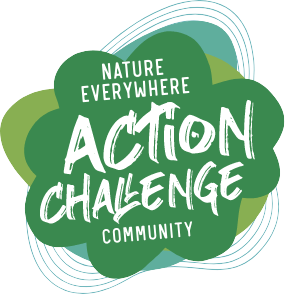


Become a
Nature Everywhere
Action Challenge Community
Register for the Action Challenge – a self-paced approach to advancing equitable access to nature everywhere children live, learn and play in your community.
The Action Challenge is just one way to participate in a national initiative to increase equitable access to nature everywhere in 100 U.S. communities by 2025. Learn more.
WHAT IS THE ACTION CHALLENGE:
The Action Challenge celebrates and recognizes a community’s progress in increasing nature connection for all children, especially children of color, those experiencing poverty and other groups who have been historically excluded from nature-based experiences and learning. Communities work at their own pace and choose how deeply to engage in the Challenge, gaining increased recognition by taking additional actions – and joining a national network of Nature Everywhere Communities.
Nature Everywhere Communities builds on what we’ve learned from the Cities Connecting Children to Nature initiative, through which municipal leaders have been advancing equitable access to nature since 2014. Nature Everywhere Communities is an expansion of this work, recognizing that we need leaders from city government, education, nonprofits, philanthropy, community organizations and the private sector to drive systems-level change.
WHO SHOULD REGISTER:
Community organizations, city departments, schools and other partners committed to connecting children to nature.
To register, form a three-person cross-sector team. Ideal teams include members from more than one organization or government department. Teams lead and engage their communities in taking specific actions to complete the Challenge.
Step 1:
Form and register a cross-sector team of at least three leaders from your community. Team members will:
Step 2:
Watch the below Action Challenge info session, which will provide details on how to:
The Action Challenge operates on a rolling deadline; you can join at any time.
Learn more about the Action Challenge in this FAQ.
After your team registers, you’ll have access to:


By registering, you are pledging to complete at least two actions in the Coalition Builder and/or Children and Nature Connector categories of the Challenge. Ideally, actions are completed within 12 months, but participation can continue beyond a year. Take these actions in your community:

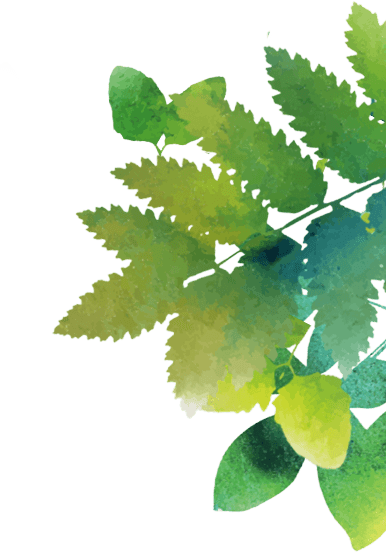
As a Nature Everywhere Action Challenge Community, you can proudly display your Action Challenge badge, announce your action pledge and promote your progress with a news release and other Challenge templates. By taking the specific actions above, you can receive additional recognition as a Coalition Builder and/or a Children and Nature Connector.
If a community achieves both the Coalition Builder and Children and Nature Connector actions, they will receive additional opportunities to be featured in social media promotion, video snippets, story features, case studies and more.


These resources guide teams in addressing systemic barriers to accessing nature. Resources were developed through the Cities Connecting Children to Nature initiative and are also used by Nature Everywhere Accelerator Communities.
Review and use these resources so your entire team has the same level of understanding of the “why” and “how” of equitable nature access. Participate in the Peer Learning Network and The Trailhead to connect with other Action Challenge Communities.


The post Nature Everywhere Action Challenge appeared first on Children & Nature Network.
]]>The post The Benefits of Nature appeared first on Children & Nature Network.
]]>Kids need to be outside.
A joyful childhood, a healthy adulthood and a thriving planet depend on it.
Spending time in nature makes kids healthier, happier and smarter. It also helps them become good stewards of the environment. These statements are based on a solid and growing body of research. This toolkit will help you access that research and other resources to “make the case” for equitable access to nature.
Get started with this short evidence-based video:




SUPPORT OUR WORK
Help us make sure that all children live, learn and grow with nature in their daily lives.
Donate MembershipThe post The Benefits of Nature appeared first on Children & Nature Network.
]]>NATURE FUTURE: Kids’ visions for
a just and nature-filled world
Children and teens from around the world share art and creative writing that expresses their love of nature along with their thoughts, dreams, questions and concerns about the future. Learn more about this exhibition, organized by the Children & Nature Network.
The post Nature Future appeared first on Children & Nature Network.
]]>The post Nature Everywhere Action Challenge FAQ appeared first on Children & Nature Network.
]]>



Action Challenge FAQ
The post Nature Everywhere Action Challenge FAQ appeared first on Children & Nature Network.
]]>The post Nature Everywhere Communities appeared first on Children & Nature Network.
]]>


Help children in your community thrive
The evidence is clear: spending time outdoors, in nature, is essential for children’s healthy development. From improving academic and social-emotional learning, to supporting physical and mental health, children thrive when they have frequent access to outdoor spaces, experiences and learning.
The Children & Nature Network, National League of Cities and KABOOM! are partnering to increase equitable access to nature everywhere children live, learn and play in 100 U.S. communities by 2025.
As a Nature Everywhere Community, you’ll have access to tools, resources, and a national peer learning network of leaders, who can share successful strategies for connecting children to the benefits to nature. You can choose one of two pathways:
Join the national network of communities advancing Nature Everywhere


Seed Grants Awarded to Communities, 2024 to present
$855K
U.S. Communities Advancing Nature Everywhere
88
Seed Grant Use, 2024 to present




SUPPORT NATURE EVERYWHERE
Invest in Nature Everywhere in your community or help fund this effort nationwide.
Contact giving@childrenandnature.org.
The post Nature Everywhere Communities appeared first on Children & Nature Network.
]]>The post Nature Everywhere Accelerator Communities appeared first on Children & Nature Network.
]]>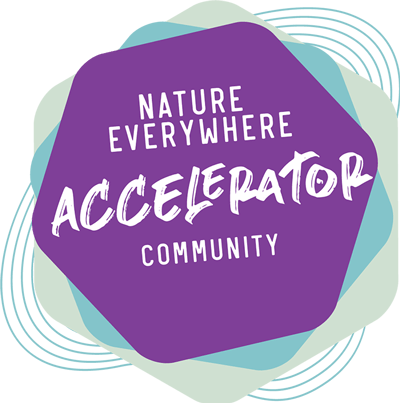



Advance equitable access to nature everywhere children live, learn and play
Nature Everywhere Communities is an initiative led by the Children & Nature Network, National League of Cities and KABOOM! that is working to create equitable access to nature everywhere children live, learn and play. Communities are invited to apply as an Accelerator Community to launch or advance nature-based strategies to advance children’s nature connection. Teams will receive one year of technical assistance, training, resources, peer learning and the opportunity to apply for seed funding.
Support Provided
Below is an overview of support provided during the one year Accelerator Community cohort.
- Technical Assistance Vision Lab. Accepted teams will kick off participation through a costs-covered in-person Vision Lab.
- Monthly Technical Assistance Calls. Accepted teams will work with two technical assistance advisors with a focus on partnership development, vision and goal-setting, assessment, activating key leadership and mapping stakeholders that lead to system-level implementation and impact on children’s lives.
- Peer Learning Network Meetings. Accelerator community teams will participate in regular virtual meetings to build knowledge, skills and inspiration while connecting with other peers working across the country.
- Seed Funding. Seed funds of up to $40,000 will be available to Accelerator community teams to support coordination and implementation of systems-level green schoolyards or early childhood nature connection strategies.
- Technical Assistance Visit. Technical assistance staff will schedule an on-site visit to provide intensive, strategic support to build partnerships and catalyze local Nature Everywhere efforts.
Accelerator Community Commitment
Accepted accelerator communities commit to the following:
- Developing a vision and implementation plan for a nature connection strategy that leverages policy, resource flows, and infrastructure for a systems-change approach.
- Activating city government along with grassroots momentum for nature access
- Full participation by named team members in the Vision Lab, technical assistance meetings and visits, peer learning events, and local planning.
- Coordinate meetings with the mayor, superintendent, or other key institutional leadership.
Participation Requirements
Communities interested in applying to the Nature Everywhere Communities Initiative must meet the following criteria:
- Establish a 3-5-person operational team composed of key leadership for 25 in 5 Initiative partnership, with the addition of a mix of institutional leadership representatives and essential community partners for advancing nature access.
- Identify an individual to serve as your team lead.
- Commit staff capacity to actively participate in the cohort and its activities for all 3-5 team members.
Applications for the Fall 2024 Accelerator Communities cohort are now closed.
If your team is interested in joining Nature Everywhere Communities, consider registering for the Action Challenge. The Action Challenge is a self-paced approach to advancing equitable access to nature everywhere children live, learn and play.


Applications for the 2025 Nature Everywhere Communities is a collaboration with Kaboom!’s 25 in 5 Initiative partners. If you have questions, please contact us at natureeverywhere@childrenandnature.org.


Please email us at natureeverywhere@childrenandnature.org.


Nature Everywhere Communities are made possible with major support from:
The post Nature Everywhere Accelerator Communities appeared first on Children & Nature Network.
]]>
With a majority of children living in urban areas, city policies and programs play a critical role in connecting kids to green spaces and outdoor experiences. We help cities across the U.S. increase equitable access to nature through our Cities Connecting Children to Nature (CCCN) initiative, in partnership with the National League of Cities.
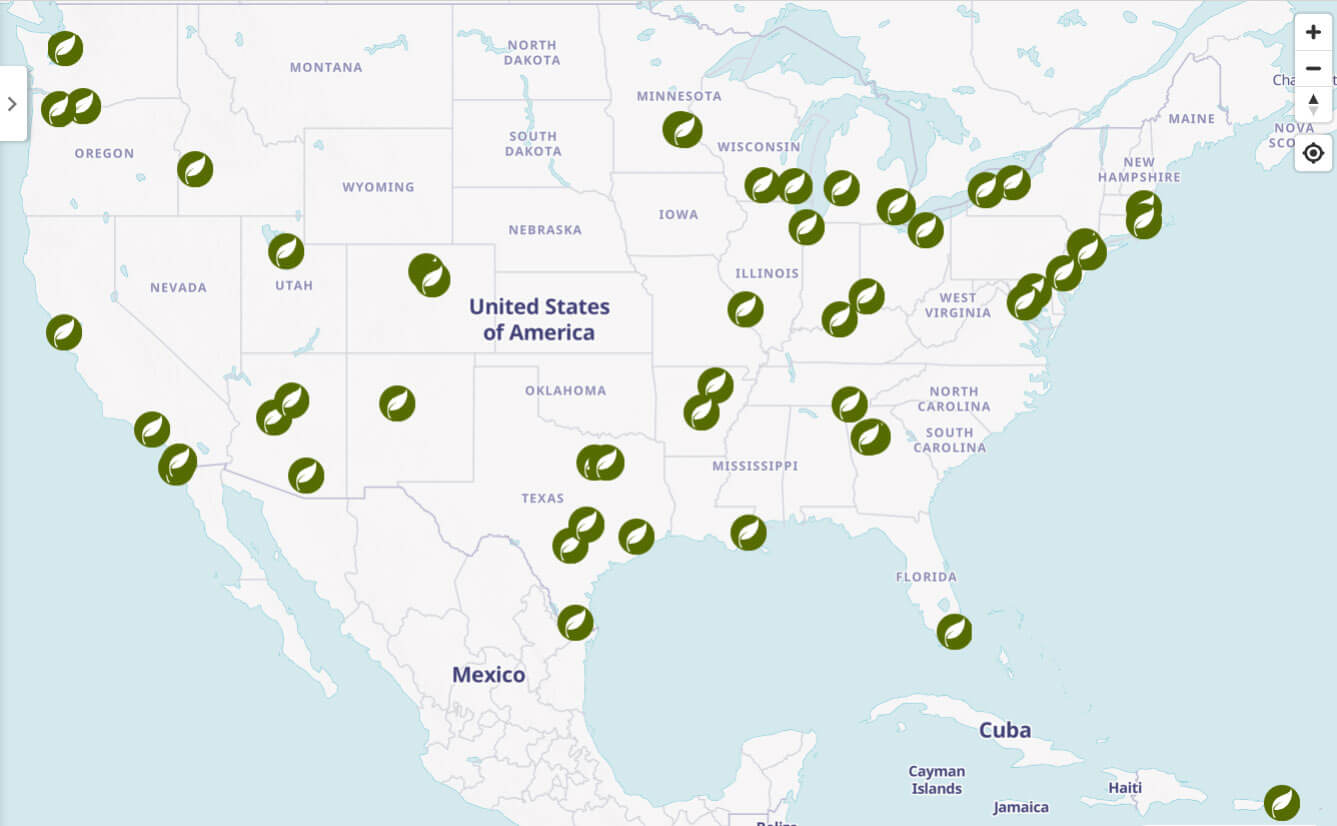
Cities in the CCCN network use a variety of strategies, implemented through parks, schools, internship programs, libraries, childcare centers and more, to connect children and families to nature. These strategies address long standing disparities in access to safe, outdoor spaces and experiences— and challenging issues such as rising rates of obesity, mental illness and chronic disease in children, related to the decline of unstructured, active outdoor play and sedentary, indoor lifestyles.
CCCN offers city officials and their partners technical assistance for developing nature connection strategies as an integral part of city planning, programming and policymaking. Mayors and city leaders find that nature connection strategies help advance other priorities, from community health and wellness, to education and job creation, to climate resilience and land use.
“We can connect children to nature, mitigate the risk of flooding, and reduce greenhouse gas emissions. All of these things are connected. By doing these things, at the same time, we are enhancing the community’s quality of life.Mayor Sylvester Turner of Houston, TX
Cities Connecting Children to Nature (CCCN) Newsletter
Stay on top of the latest news, resources and research for city and community leaders working to increase equitable access to nature.
SUBSCRIBERESOURCE HUB FOR CITIES
Find tools and resources to help your city create equitable access to nature.
DONATE TODAY TO BECOME A MEMBER
Help us make sure that all children live, learn and grow with nature in their daily lives.
The post Cities Connecting Children to Nature appeared first on Children & Nature Network.
]]>About Finding Nature News
Editorial Team:
General inquiries: editor@childrenandnature.org
Editor and Publisher: Laura Mylan
Associate Editor: Amelia Rhodeland
Editorial Advisor: Richard Louv
Creative Director: Kelly McManus
Digital Development Partner: ArcStone
Contributing journalists, staff writers and guest writers are acknowledged with publication
About:
Finding Nature News is a publication of the Children & Nature Network, a U.S. nonprofit whose mission is to increase equitable access to nature so that children—and natural places—can thrive. The goal of Finding Nature News is to provide high-quality journalism and commentary to advance the children and nature movement worldwide. We publish every two weeks on Thursdays, with occasional special editions.
Finding Nature News publishes evidence-based reporting by professional journalists; reporters that we contract are guided by the Society of Professional Journalists’ Code of Ethics. We also publish commentary from leaders and experts in the children and nature movement, and comments from readers regarding content that we publish. As a signatory to the Ethical Storytelling Pledge, we believe in the importance of ethical storytelling. We do not publish sales promotions or sponsored content. We do not publish anonymous comments or unsigned editorials. We encourage civil discussion and debate from a wide range of viewpoints.
We believe that in-depth, civic-minded reporting on the benefits of nature and strategies for increasing equitable access to outdoor experiences can grow the constituency for children and nature and advance our mission.
Vasque Footwear provided significant funding in 2020 to launch Finding Nature News. The Quimby Family Foundation also provided a catalytic start-up grant in 2019. Finding Nature News is also made possible by members, individual donors, foundations and partners. Underwriters do not participate in editorial decision making but rather, believe in the value of high quality reporting to advance and grow the children and nature movement.
DONATE TODAY TO BECOME A MEMBER
Help us make sure that all children live, learn and grow with nature in their daily lives.
The post About Finding Nature News appeared first on Children & Nature Network.
]]>Our Team
Staff & Consultants
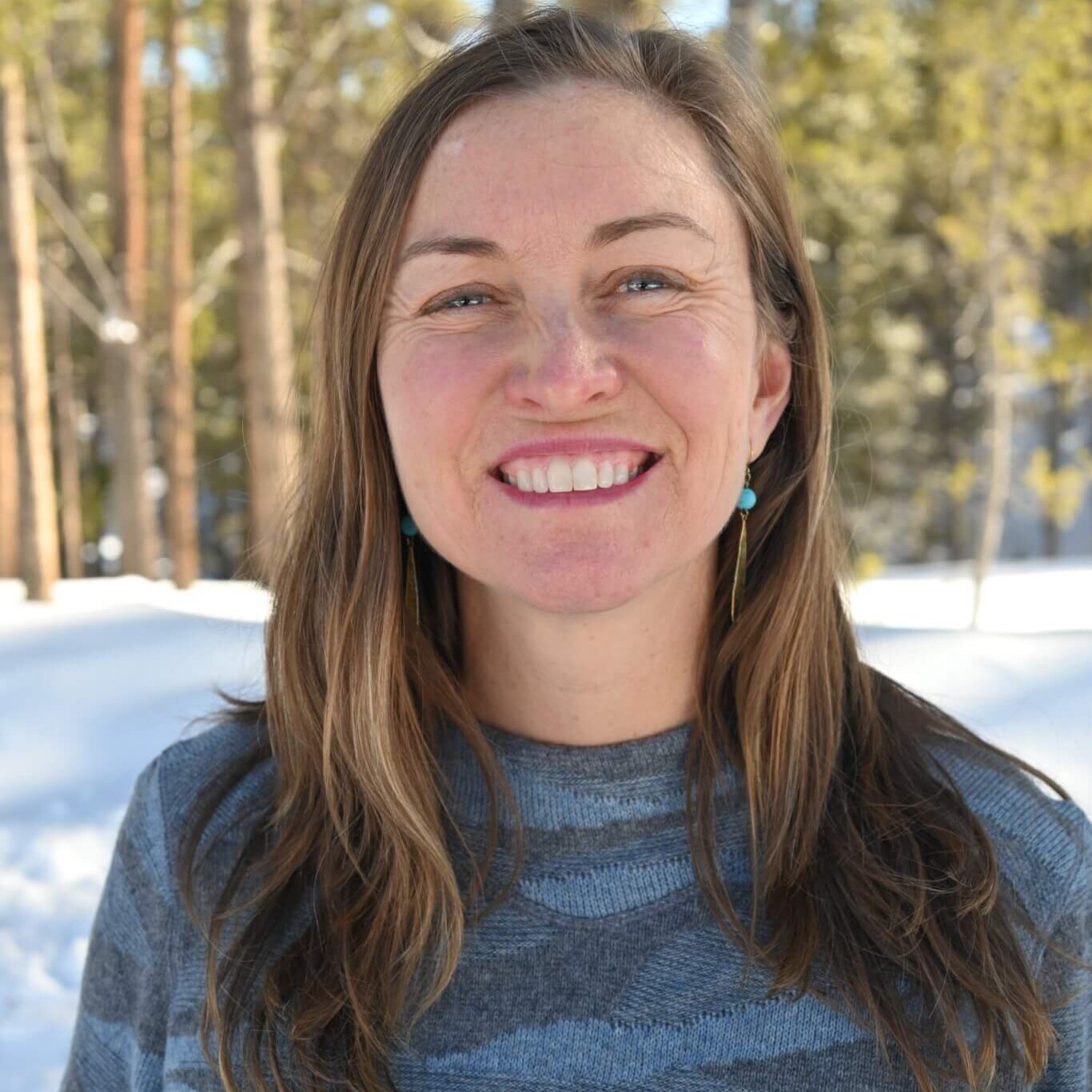
Erin Allaman (she/her)
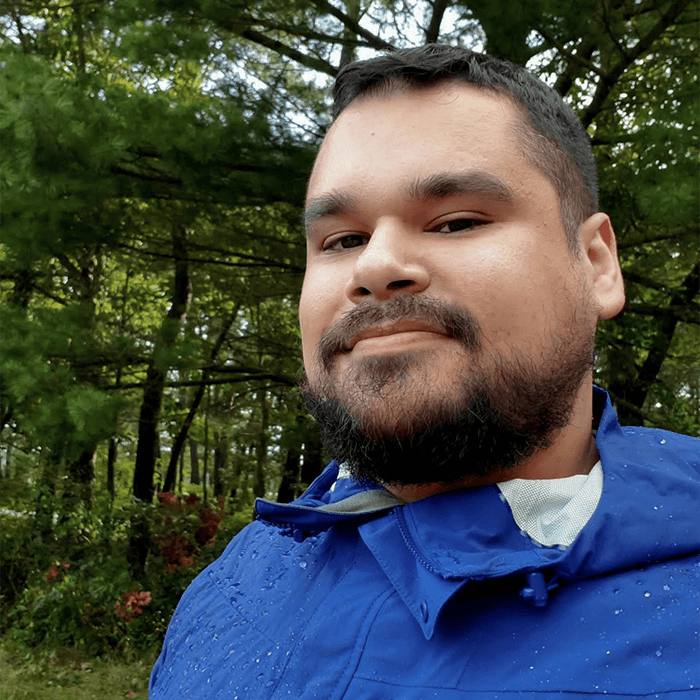
Christian Alvarado (he/him)
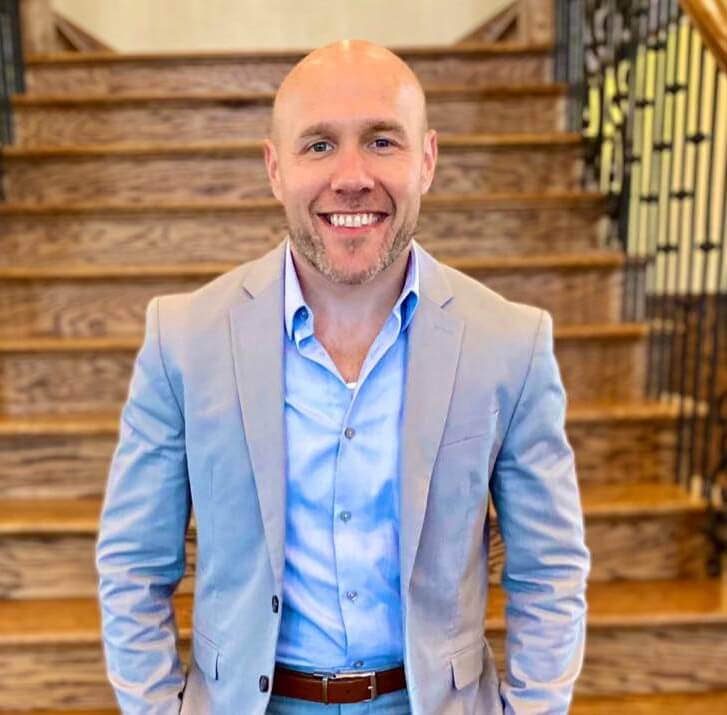
David Beard (he/him)
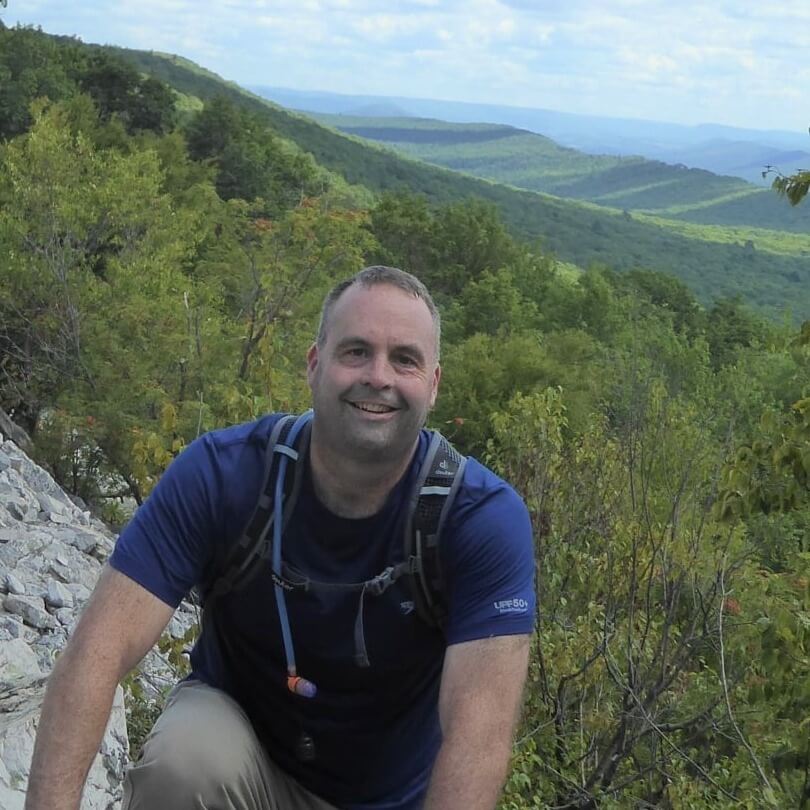
Jory Brass (he/him)
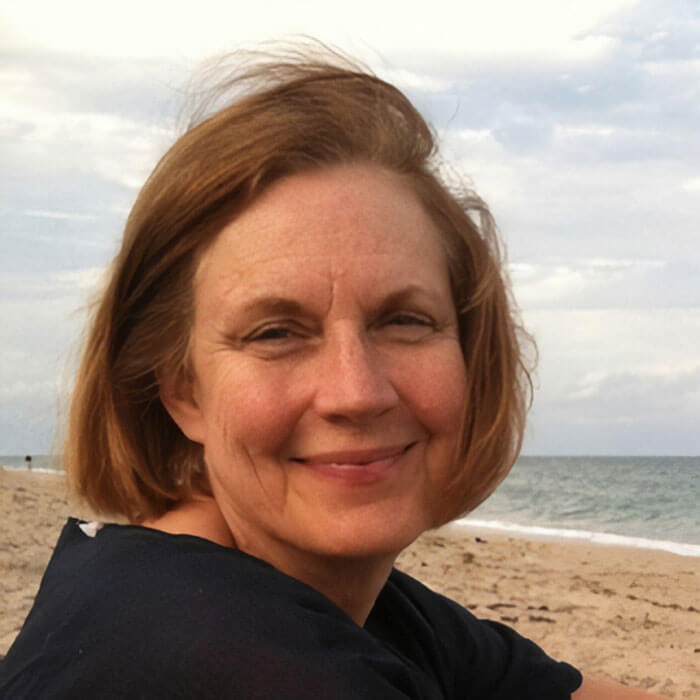
Avery Cleary (she/her)
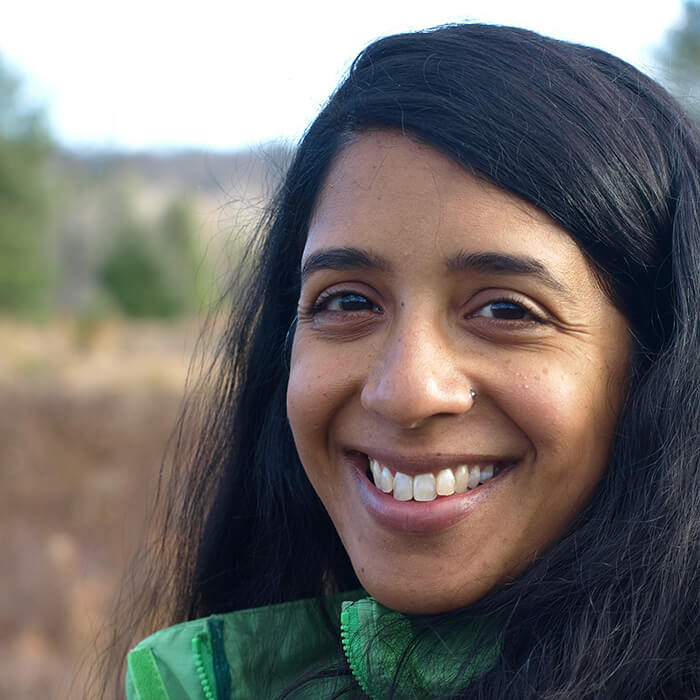
Priya Cook (she/her)

Devin Cowens (she/her)

Keith Desrosiers (he/him)

Cathy Jordan (she/her)
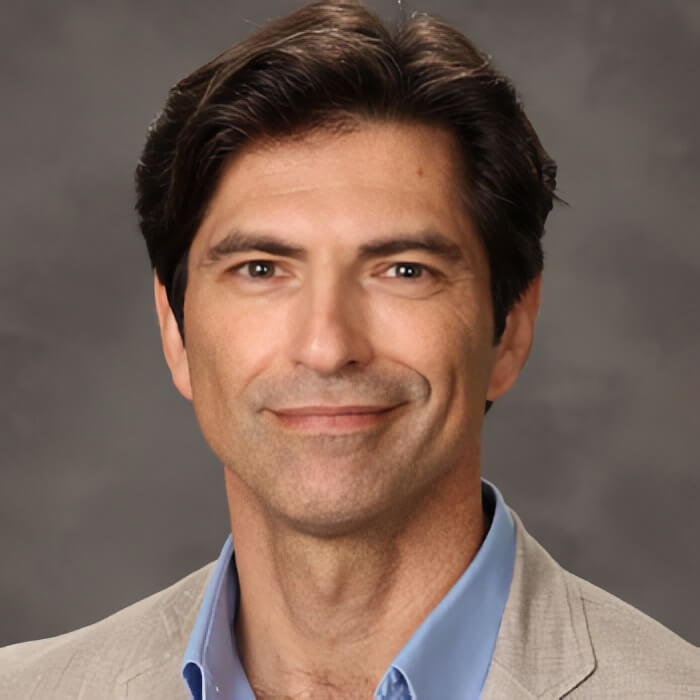
Ed Kegle (he/him)
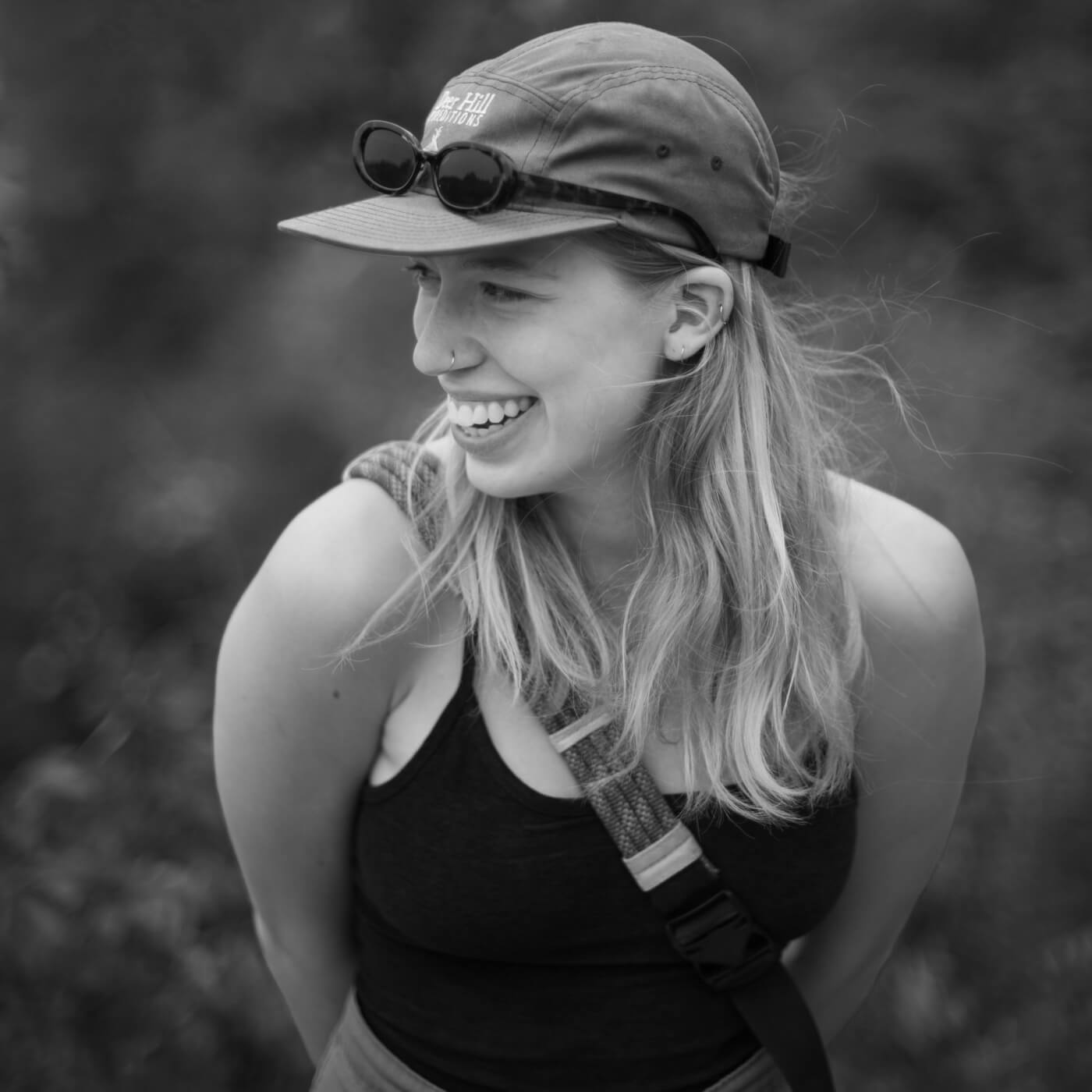
Marley Kehew (she/her)
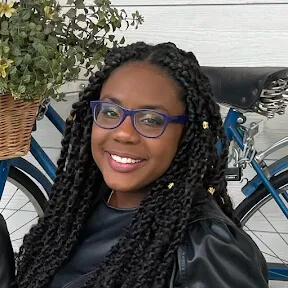
Tehlyr Kellogg (they/them)
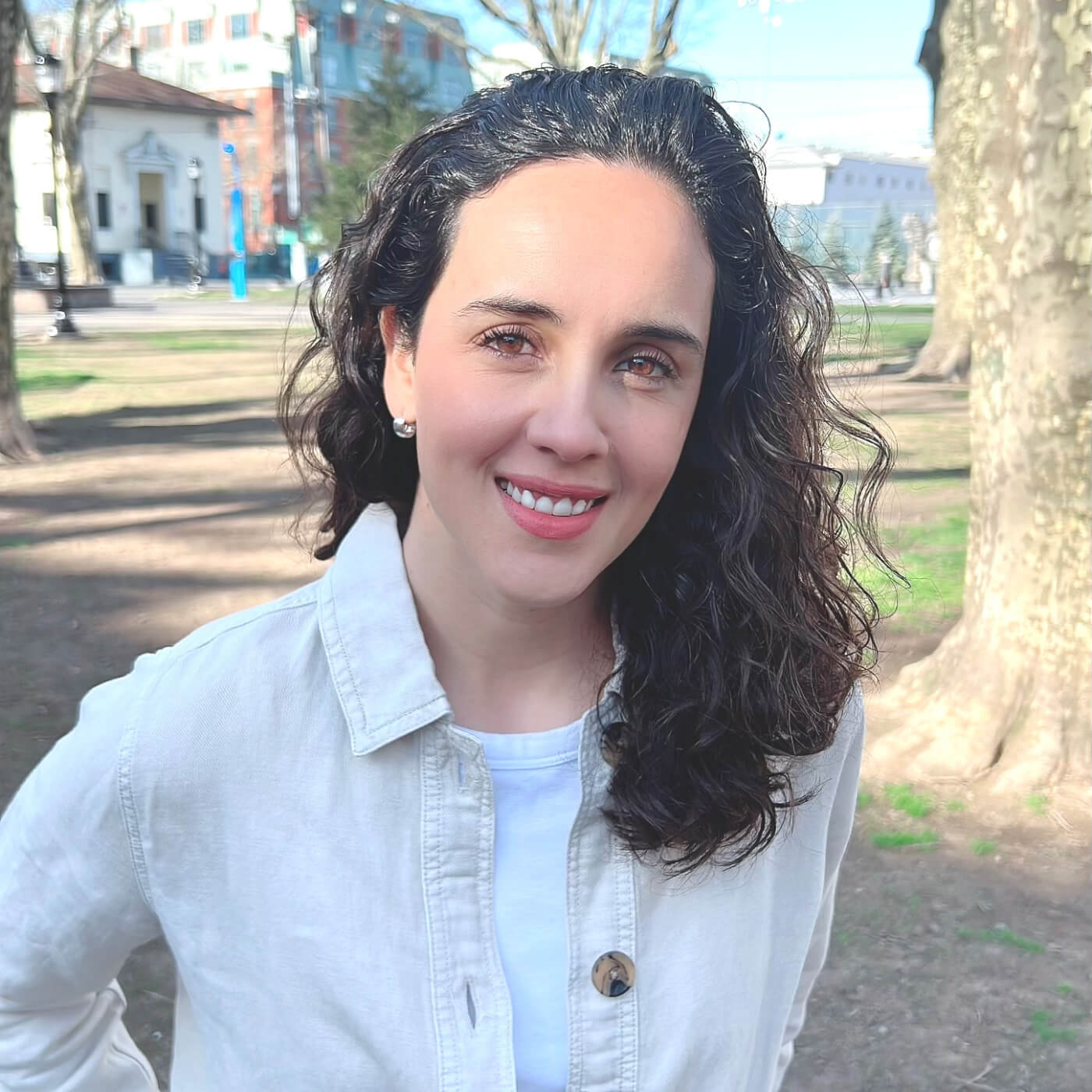
Brenda Kessler (she/her)
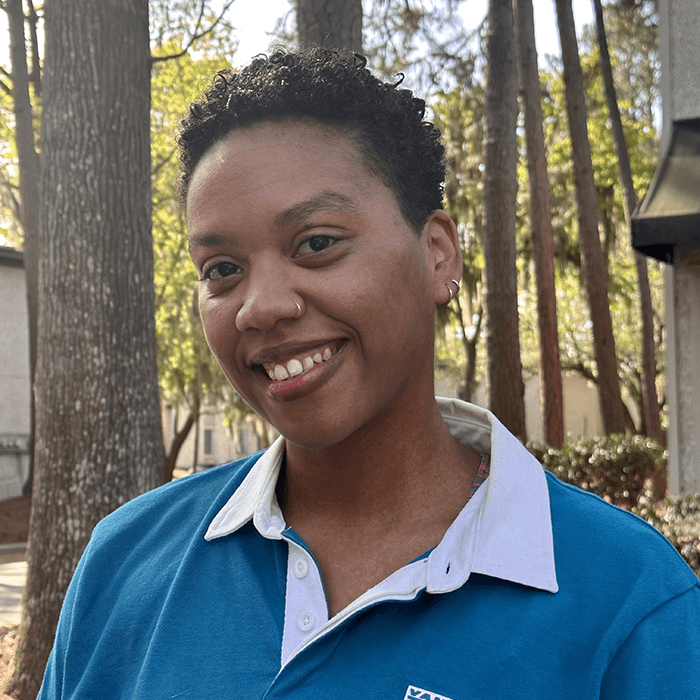
Naomi LaRonde-King, (she/her)
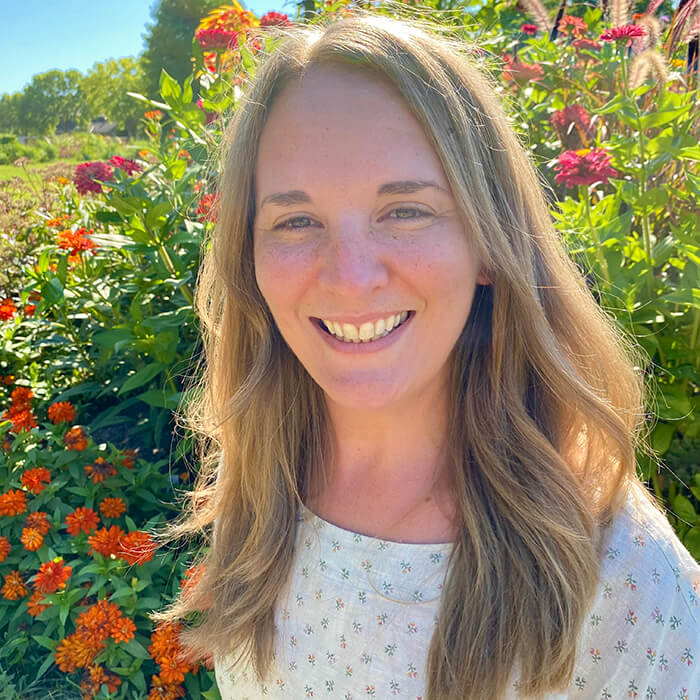
Rachel Lewis (she/her)
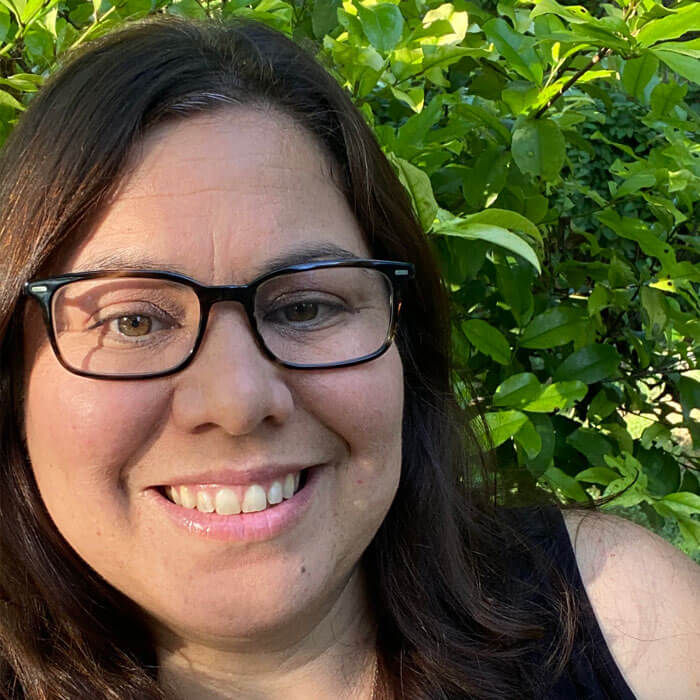
Monica Lopez Magee (she/her)
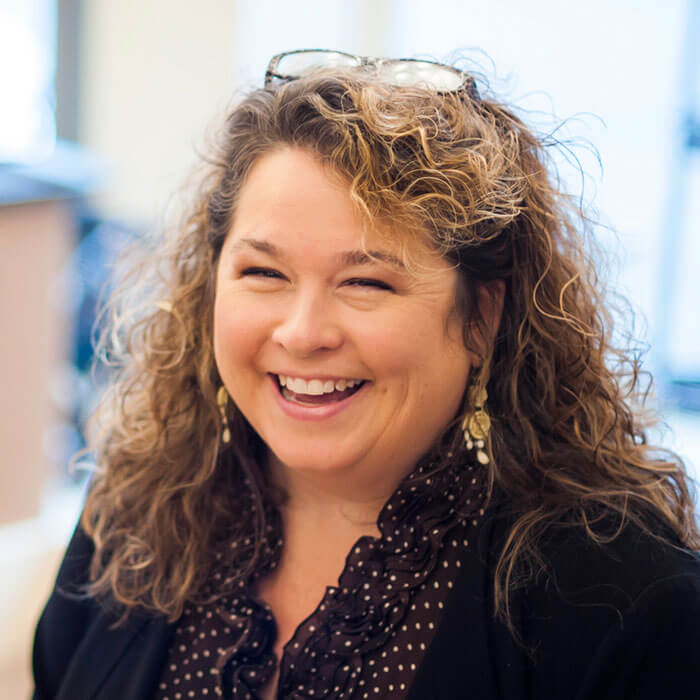
Kelly McManus (she/her)
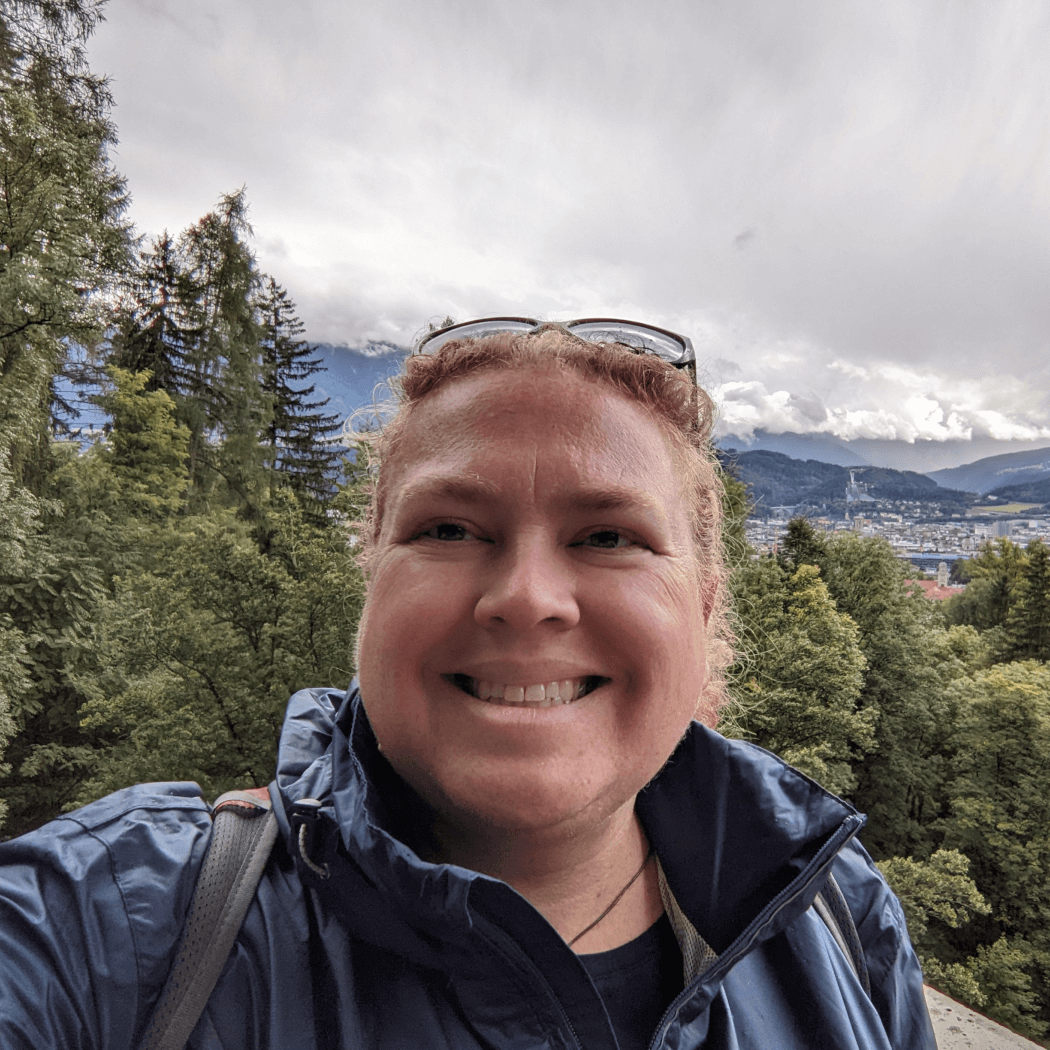
Anne Muller (she/her)
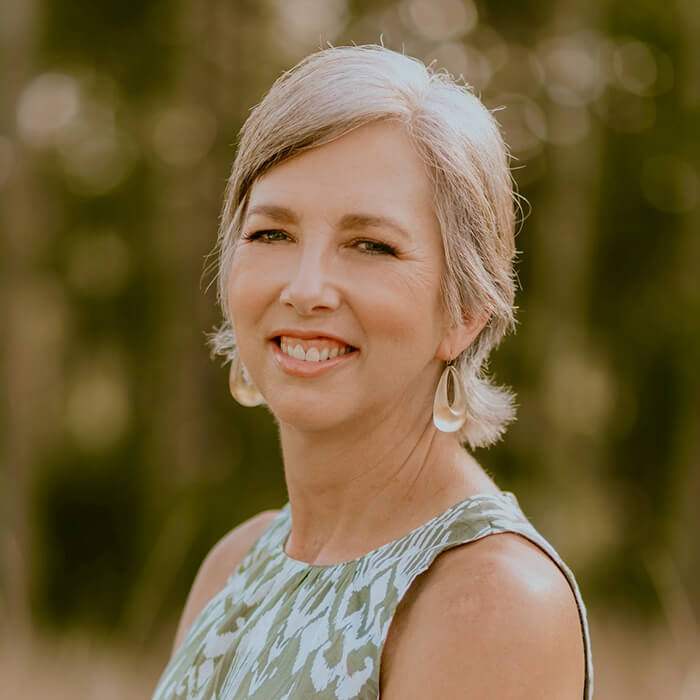
Sarah Milligan-Toffler (she/her)
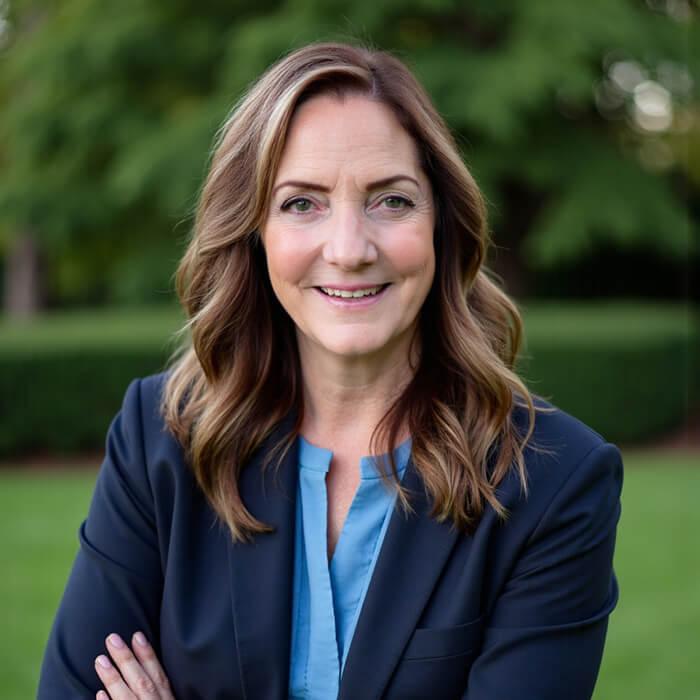
Laura Mylan (she/her)
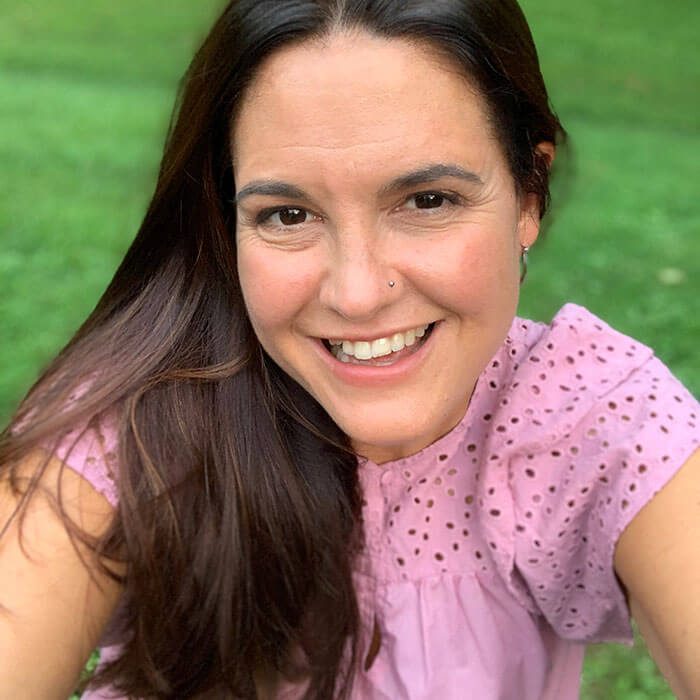
Kristy Omelianuk (she/her)

Alejandra Pallais (she/her)
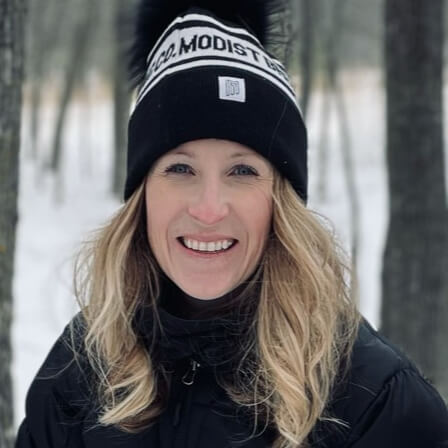
Jamie Pérez (she/her)

Mikaela J. Randolph (she/her)
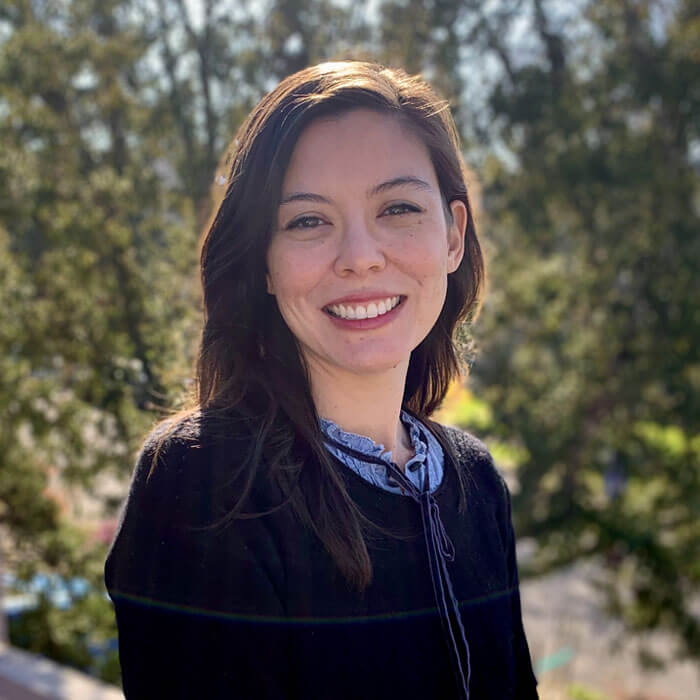
Amelia Rhodeland (she/her)
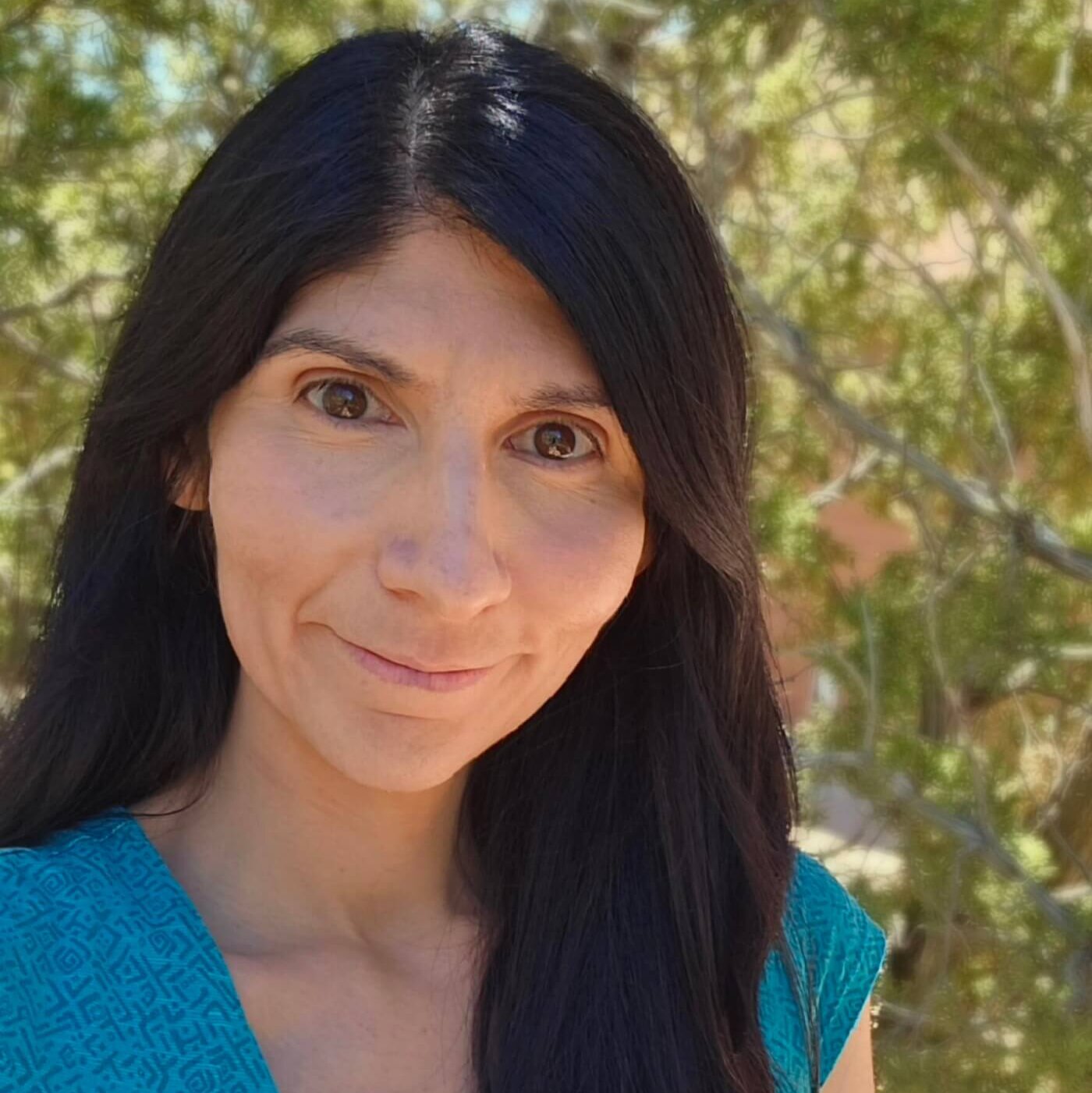
Jennifer Salinas (she/her)
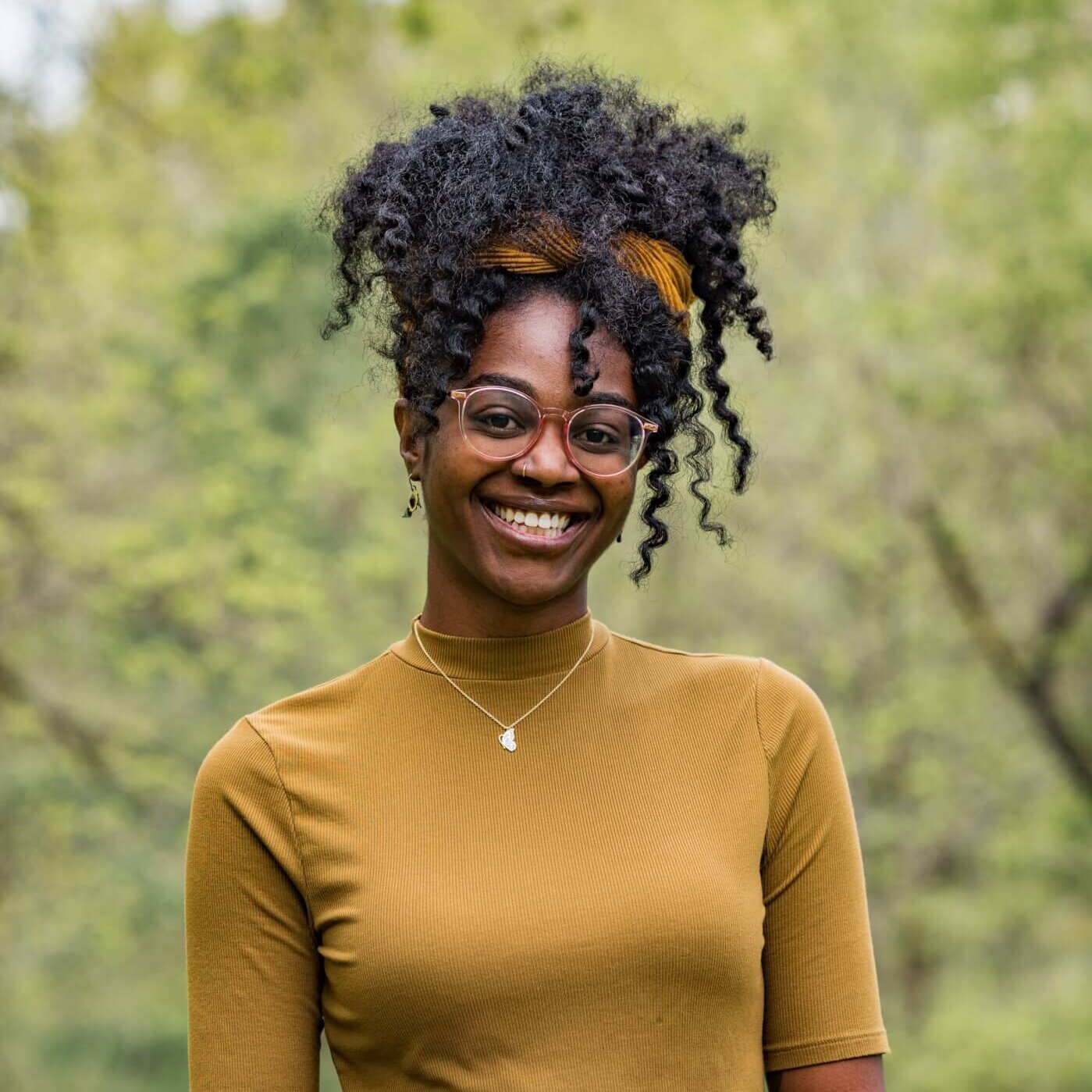
Leandra Taylor (she/her)
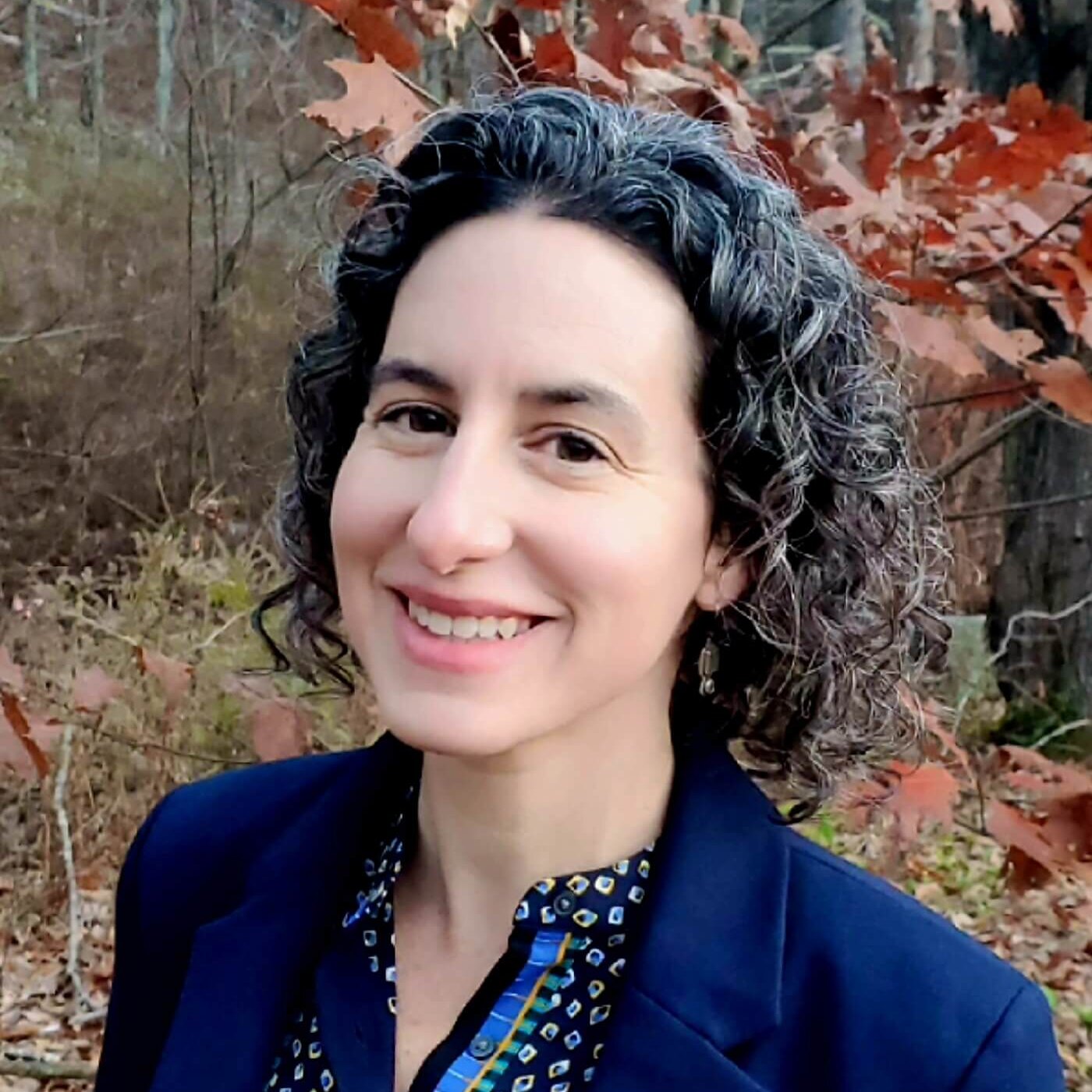
Jaime Winans-Solis (she/her)
Board of Directors
Officers

Hanaa Hamdi, PhD
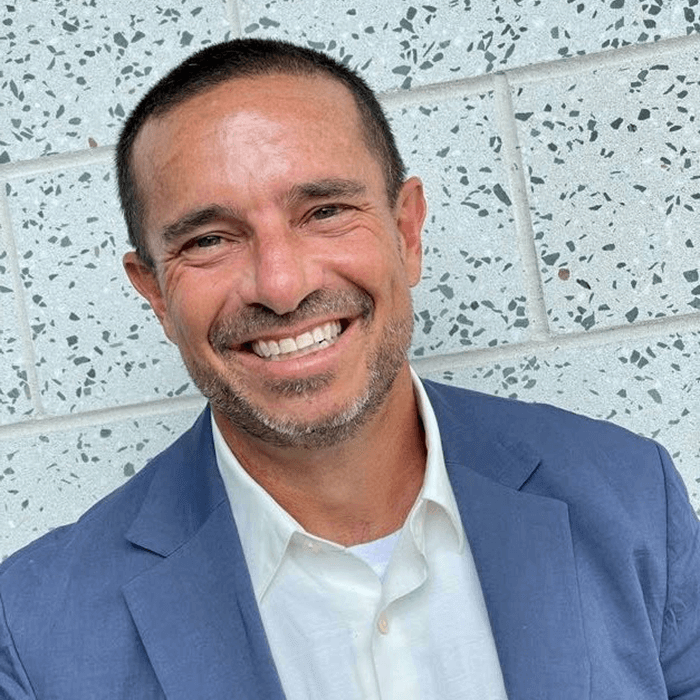
Phil Ginsburg
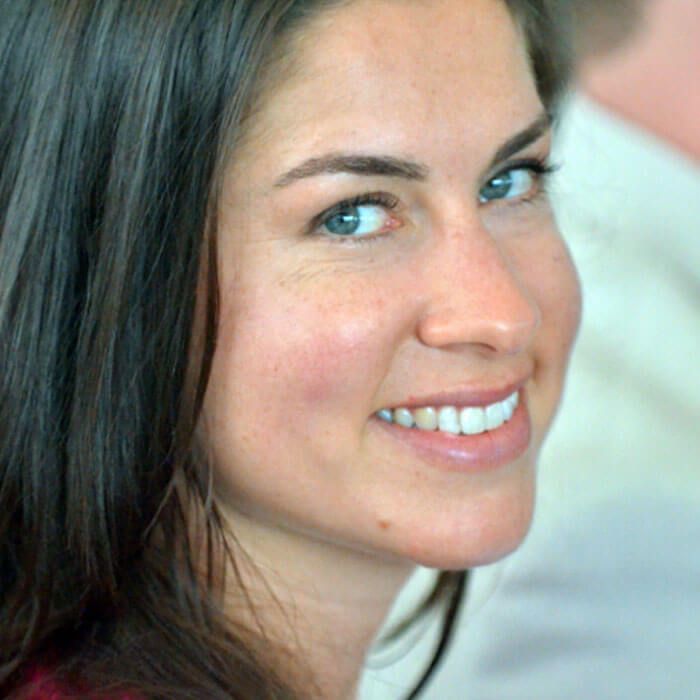
Hannah Quimby
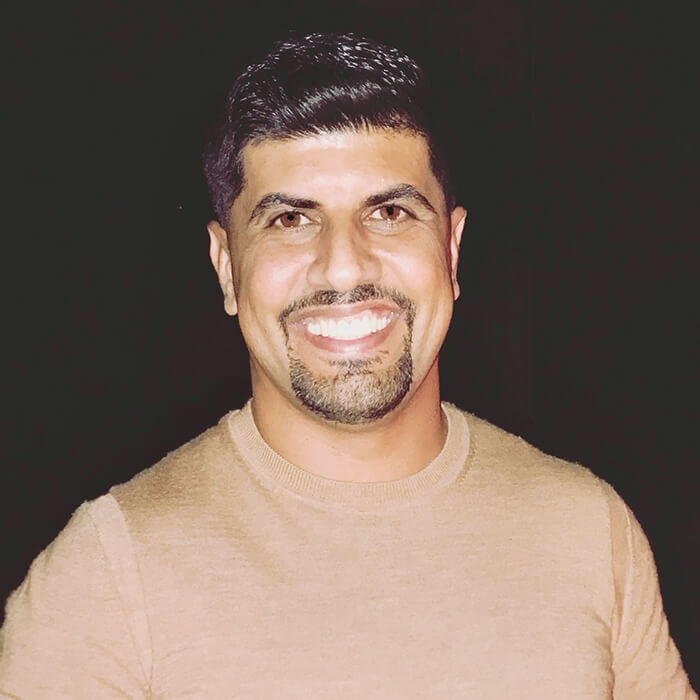
Hussein Mohsen
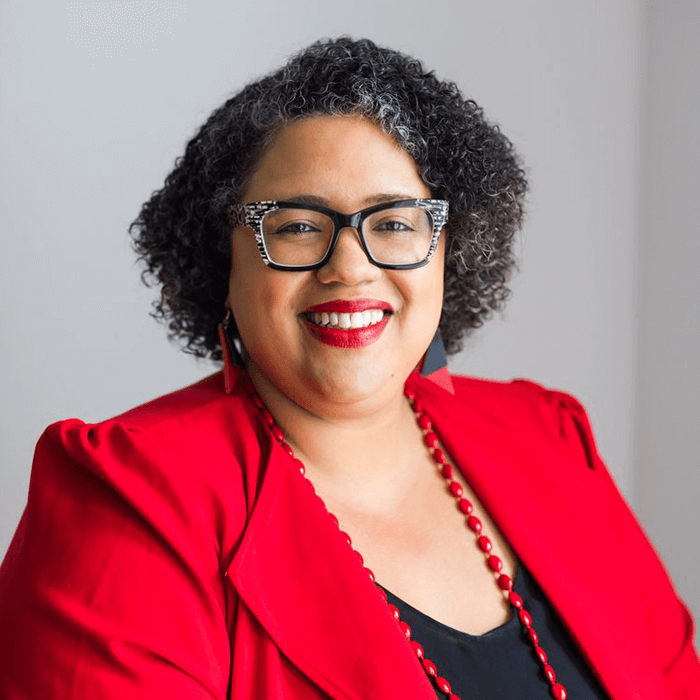
Dr. Daniele Lyman-Torres
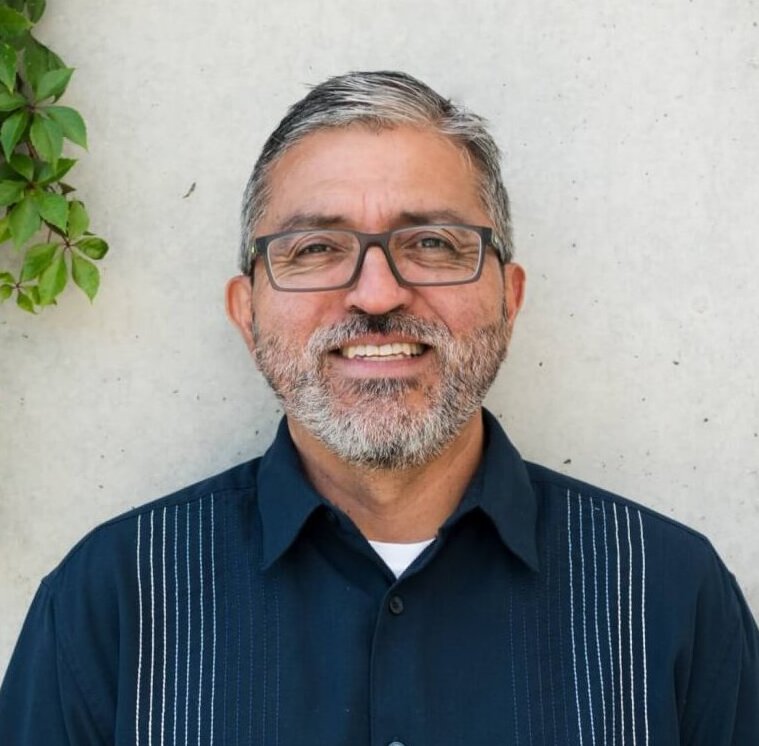
Jesús Aguirre
Members
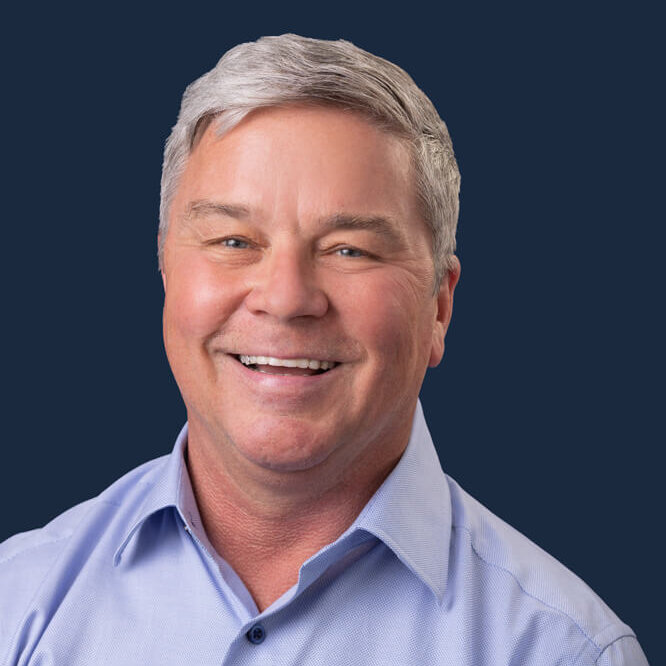
Hayden Brooks

Mickey Fearn

Kim Larson

Rachna Mohanty
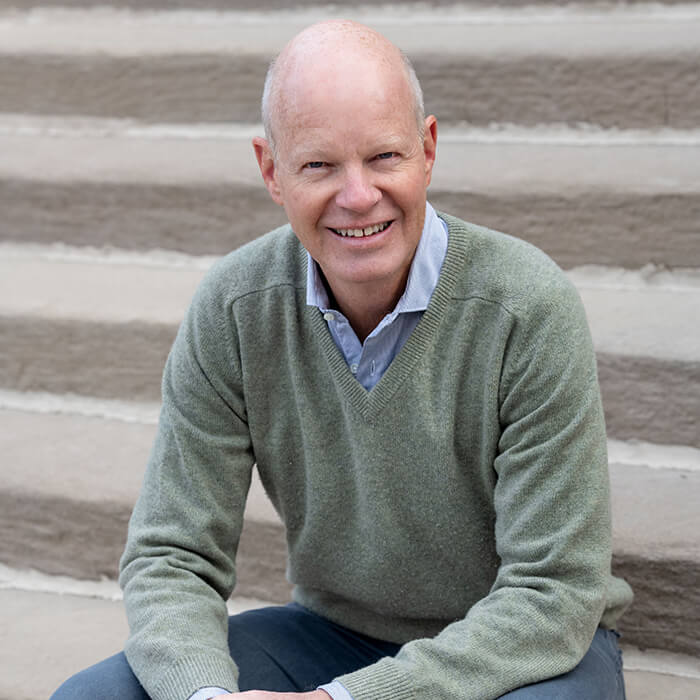
Doug Moore
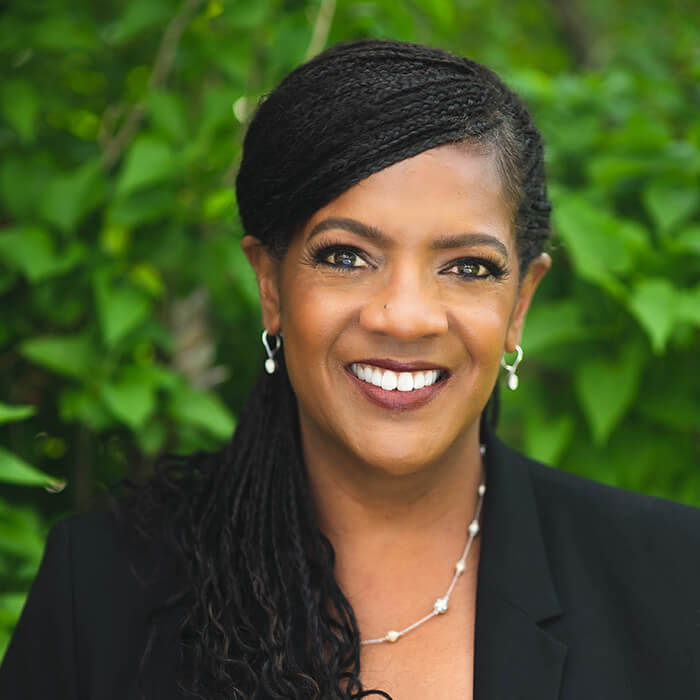
Kim Moore Bailey

Joel Pannell
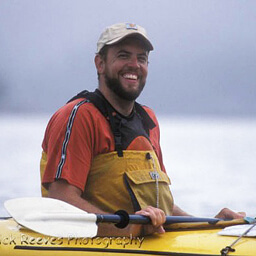
Mike Passo
Founders’ Council
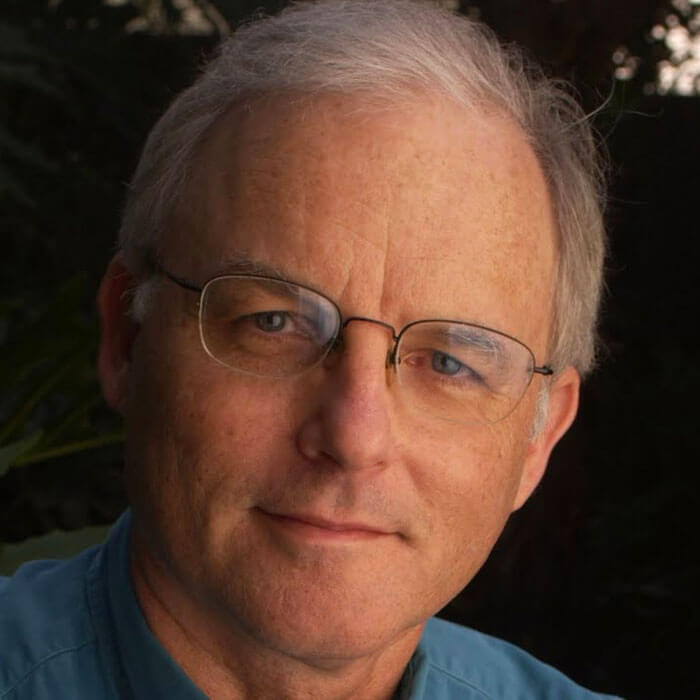
Richard Louv
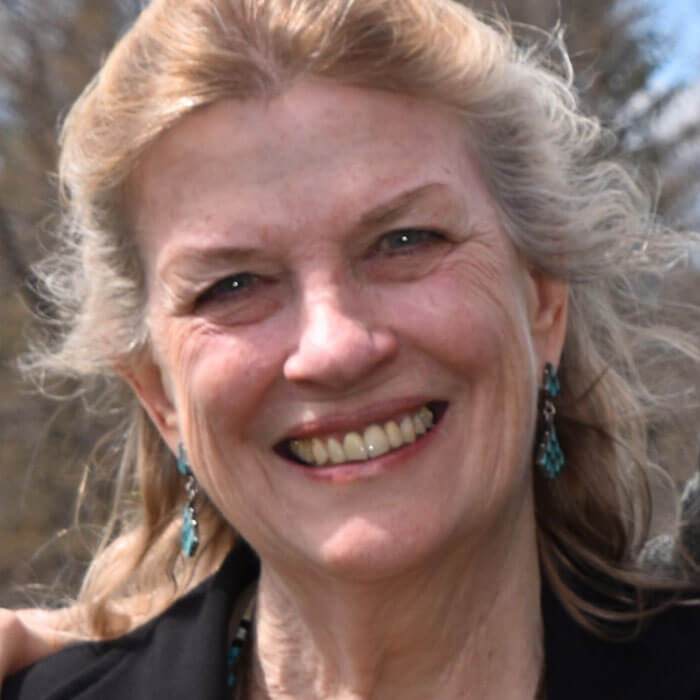
Cheryl Charles
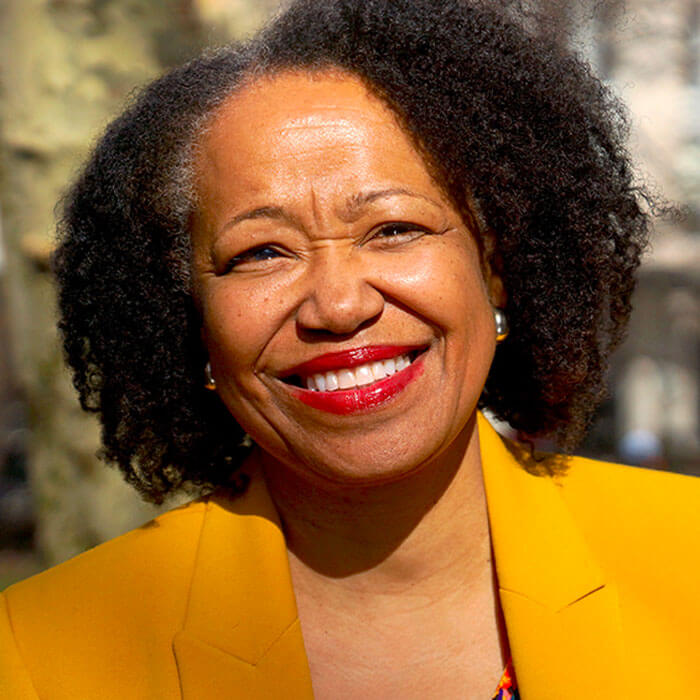
Dr. Gail C. Christopher

Dr. Marti Erickson

Howard Frumkin
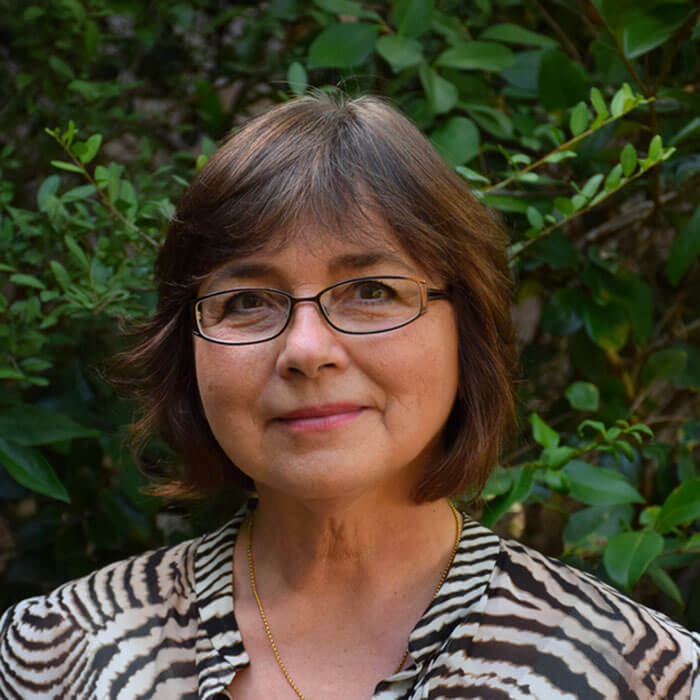
Nancy Herron
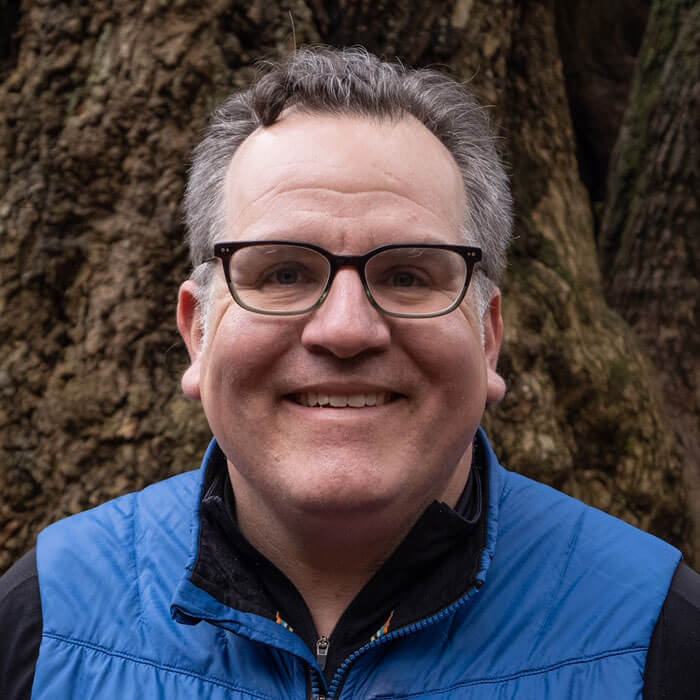
Martin LeBlanc

Fran P. Mainella
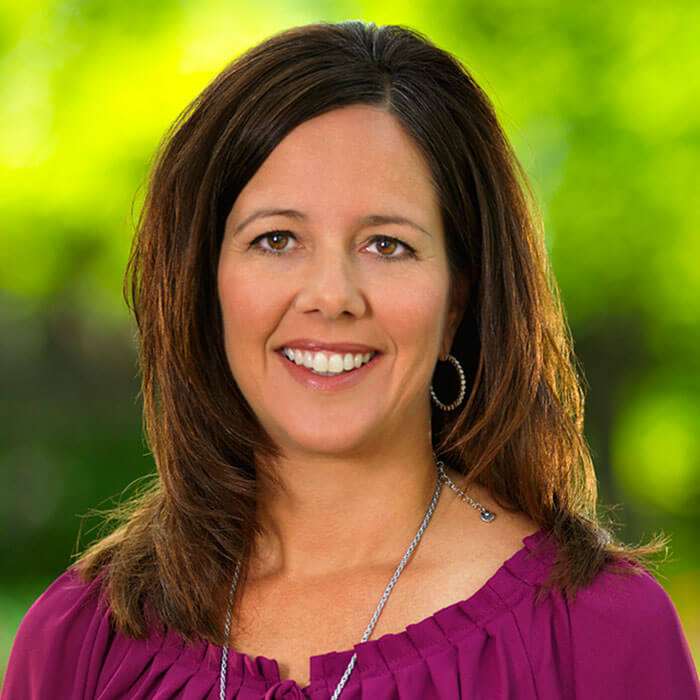
Lisa Moore
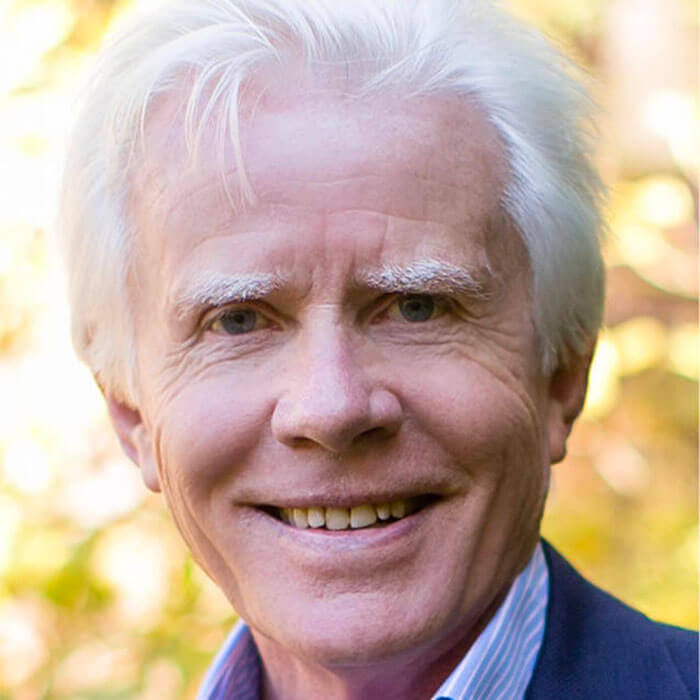
Stephan D. Nygren

David Orr
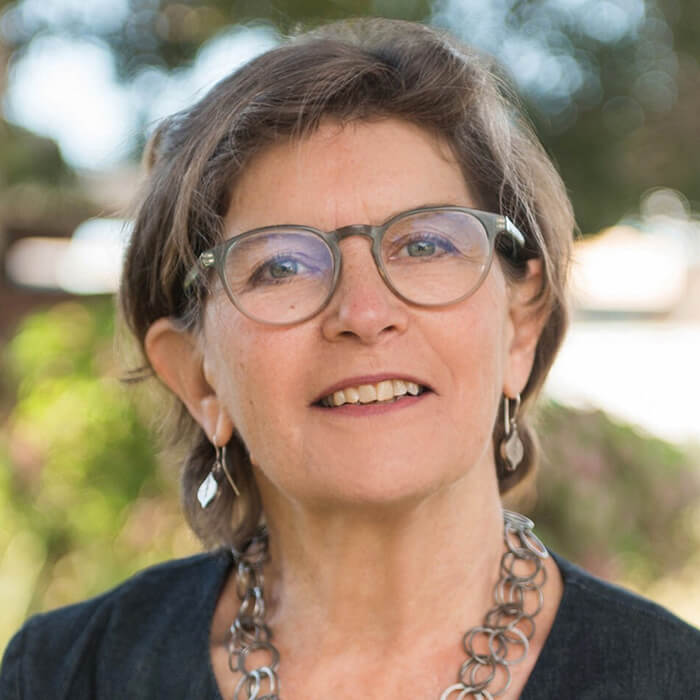
Amy Pertschuk
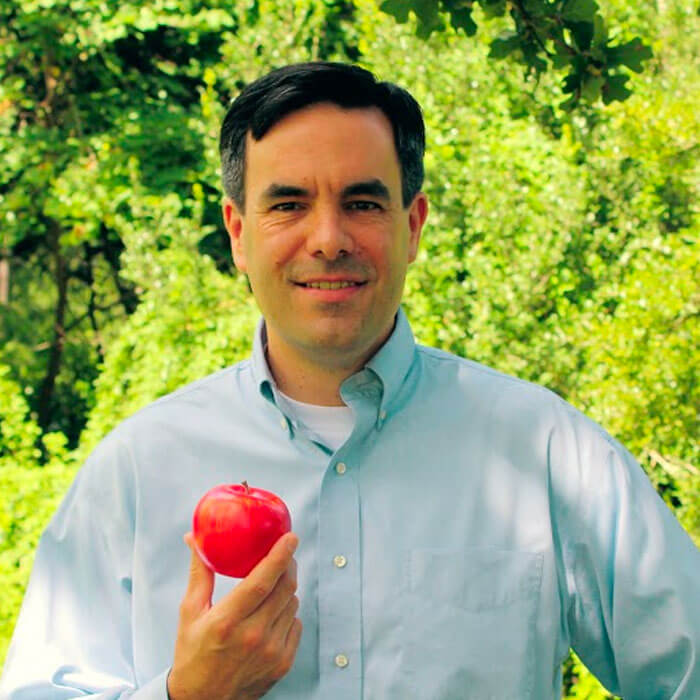
Stephen J. Pont, MD, MPH, FAAP
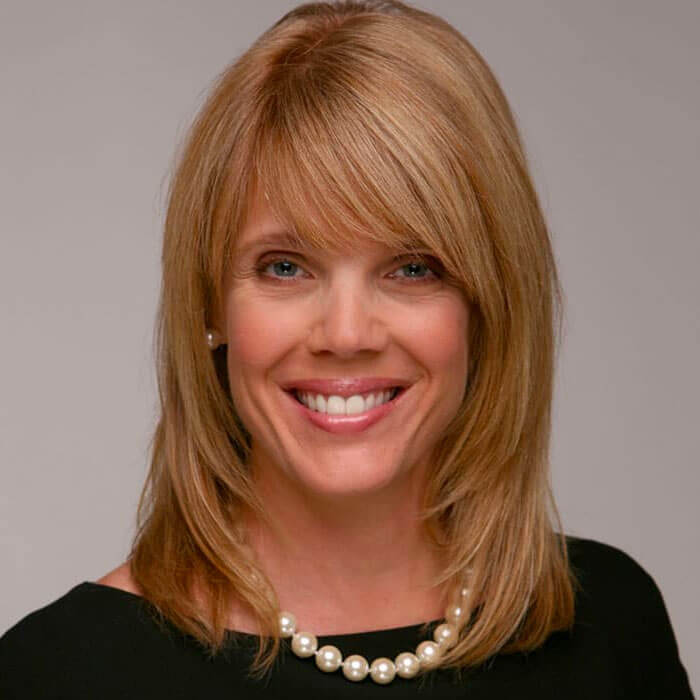
Laura Turner Seydel
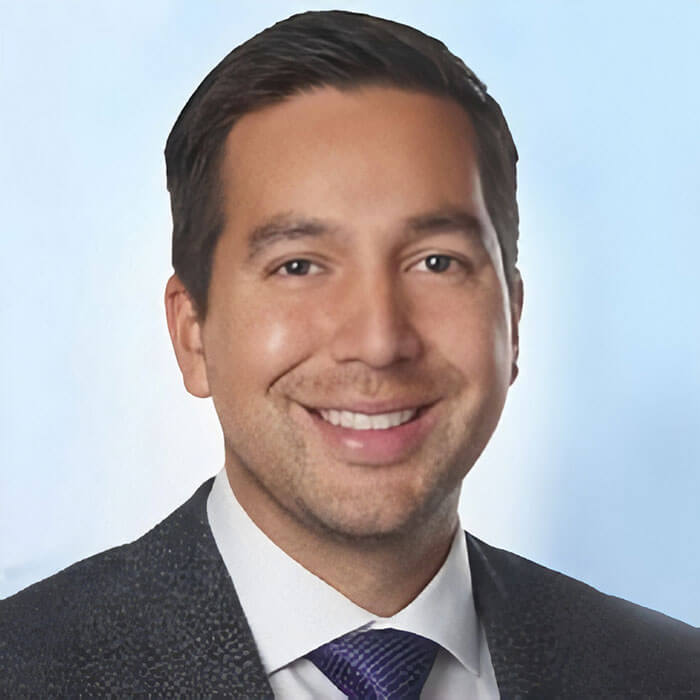
Jesse Sixkiller

Mike Pertschuk
Advisors & Ambassadors
Scientific Advisory Council
Louise Turner Chawla, PhD Professor Emerita, College of Architecture and Planning, University of Colorado
Ming Kuo, PhD Associate Professor, Department of Natural Resources and Environmental Sciences, University of Illinois Urbana Champaign
Stephen J. Pont, MD, MPH, FAAP Medical Director, Office of Science and Population Health, Texas Department of State Health Services
Pooja Tandon, MD, MPH HEALTH DIRECTOR, TRUST FOR PUBLIC LANDS; ASSOCIATE PROFESSOR, UNIVERSITY OF WASHINGTON – SCHOOL OF MEDICINE; GENERAL PEDIATRICIAN AND RESEARCHER, SEATTLE CHILDREN'S HOSPITAL
Nancy Wells, PhD Professor, College of Human Ecology, Cornell University
Ruth Wilson, PhD FREELANCE WRITER; RETIRED CO-CURATOR OF C&NN'S RESEARCH LIBRARY; Professor Emerita, BOWLING GREEN STATE UNIVERSITY
Scientific Advisory Council Emeritus
Nicole Ardoin, PhD Associate Professor, Graduate School of Education and Woods Institute for the Environment, Stanford University
Howard Frumkin, MD, MPH, DrPH PROFESSOR EMERITUS, UNIVERSITY OF WASHINGTON SCHOOL OF PUBLIC HEALTH
Marianne Krasny, PhD PROFESSOR AND DIRECTOR OF THE CIVIC ECOLOGY LAB, DEPARTMENT OF NATURAL RESOURCES, CORNELL UNIVERSITY
Green Schoolyards: Research and Metrics Advisors
Myron Floyd Professor and Department Head, North Carolina State University, Department of Parks, Recreation and Tourism Management
Lois Brink Chief Strategist, The Big Sandbox and Professor, University of Colorado Denver, Department of Landscape Architecture
William Sullivan Professor and Department Head, University of Illinois Urbana-Champaign
Dana Gerstein Director of Regulatory Affairs, National Dairy Council
Robin Moore Professor of Landscape Architecture and Director, Natural Learning Initiative, North Carolina State University
Nilda Cosco Associate Research Professor, Director of Programs, Natural Learning Initiative, North Carolina State University
Rachel Pringle Vice President of Growth & Strategic Partnerships, Education Outside
Kathryn Stevenson Associate Professor, North Carolina State University, Department of Parks, Recreation and Tourism Management
Green Schoolyards: Resource Curation Advisors
Cam Collyer Executive Director, Programs, Evergreen
Nette Compton Deputy Director of Parks for People, Trust for Public Land
Sharon Danks Founder and Executive Director, Green Schoolyards America
Rich Dolesh Vice President for Strategic Initiatives, National Recreation and Parks Association
Andrea Falken Director, U.S. Department of Education Green Ribbon Schools
John Fisher Outreach Director, Life Lab, University of California, Santa Cruz
Justin Hegarty Executive Director, Green Schools Consortium of Milwaukee/ Reflo
Anisa Hemming Director, Center for Green Schools, US Green Building Council
Rusty Keeler Founder, Earth Play
Meg Kelly Senior Manager, Healthy Schools Campaign
Mary Alice Lee Director, Trust for Public Land – PlaNYC
Kirk Meyer Co-Founder (retired), Boston Schoolyard Initiative
Vicki Moore Founder and Board Member, Living Classroom
Alison Pernell Project Manager, Local Government Commission
Rachel Pringle Chief Strategy Officer, Education Outside
Lori Robertson Director of Conservation, National Recreation and Parks Association
David Rouse Managing Director of Research and Advisory Services, American Planning Association
Kevin Schabow Natural Resource Specialist, National Oceanic and Atmospheric Administration (NOAA)
Jennifer Seydel Executive Director, Green Schools National Network
Shannon Sprague Environmental Literacy & Partnerships Manager, National Oceanic and Atmospheric Administration (NOAA)
Jeff Vincent Director of Public Infrastructure Initiatives, Center for Cities + Schools, University of California-Berkeley
Jenny Wiedower K-12 Manager, Center for Green Schools, US Green Building Council
Join Our Team
We are striving to build a diverse team that reflects the wide range of races, ethnicities, religions, gender identities, cultures and lived experiences of the international children and nature movement. We are committed to values of equity and inclusion in the way we work with each other, with our partners, and in the communities we serve.
Open Positions
There are no open positions at this time. Please check back later.
The post Our Team appeared first on Children & Nature Network.
]]>The post Finding Nature News appeared first on Children & Nature Network.
]]>The post Finding Nature News appeared first on Children & Nature Network.
]]>























